(This post may be a bit long for some email software, so if you don’t see “Next stop: Ancient Nemea” at the bottom of your email, you’ll need to click on the title to go to the website and see the full post).
Ancient Mycenae was one of the powerful city states in ancient Greece, rivalling and surpassing Athens, Sparta and Corinth, eventually coming to dominate the Minoans of Crete and having a pivotal influence on the development of what eventually became modern Greece. Mycenae was the seat of the most famous Mycenaean king, Agamemnon, who united the Greek forces and lead them all in the war on Troy to get his sister-in-law Helen back for his brother Menelaos.
The Mycenaean rulers had the seat of their power and activity in a luxurious palace, built on a hill (acropolis), which was surrounded by imposing fortifications that were constructed during the 14th and 13th c. BC. At the end of the 13th c. BC, extensive disasters of the palatial centers and their fortifications indicate the gradual decline of the Mycenaean civilization.
THE CITADEL OF MYCENAE
According to myth, Mycenae was founded by Perseus, son of Zeus and Danae. In order to build the citadel, Perseus employed the Cyclopes, mythical one-eyed giants from Asia, after whom the fortification walls were dubbed cyclopean.
The citadel of Mycenae is the most typical and impressive creation of Mycenaean architecture. It served as the seat of the administration of the realm and of its various activities, while the subjects dwelt outside the walls, in small settlements.
The Lion Gate
The main entrance to the citadel of Mycenae, which was always visible throughout the centuries is known as the Lion Gate because of the relief carving of two lions above the lintel.
The monolithic threshold, lintel and jambs are of conglomerate (almond stone).
The relief carving of the lions in the triangular stone above the lintel is the oldest monumental relief in Europe. The heads of the animals, which have not survived, were probably of steatite. The gate was closed by a double door, secured by a sliding bar. It is dated circa 1240 BC and is contemporary with the second building phase of the citadel.
Its construction, and that of the Cyclopean walls, which are about 900 m long and 5.50-7.50 m thick, with a height up to 12 m, are amazing technical feats for the period at which they were built (1350-1200 BC), and have been attributed with some justification to the mythical Cyclopes.
Beyond the entrance to the citadel, on the east wall of the courtyard formed within the gate, there is a small room which served as a shrine of the gate.
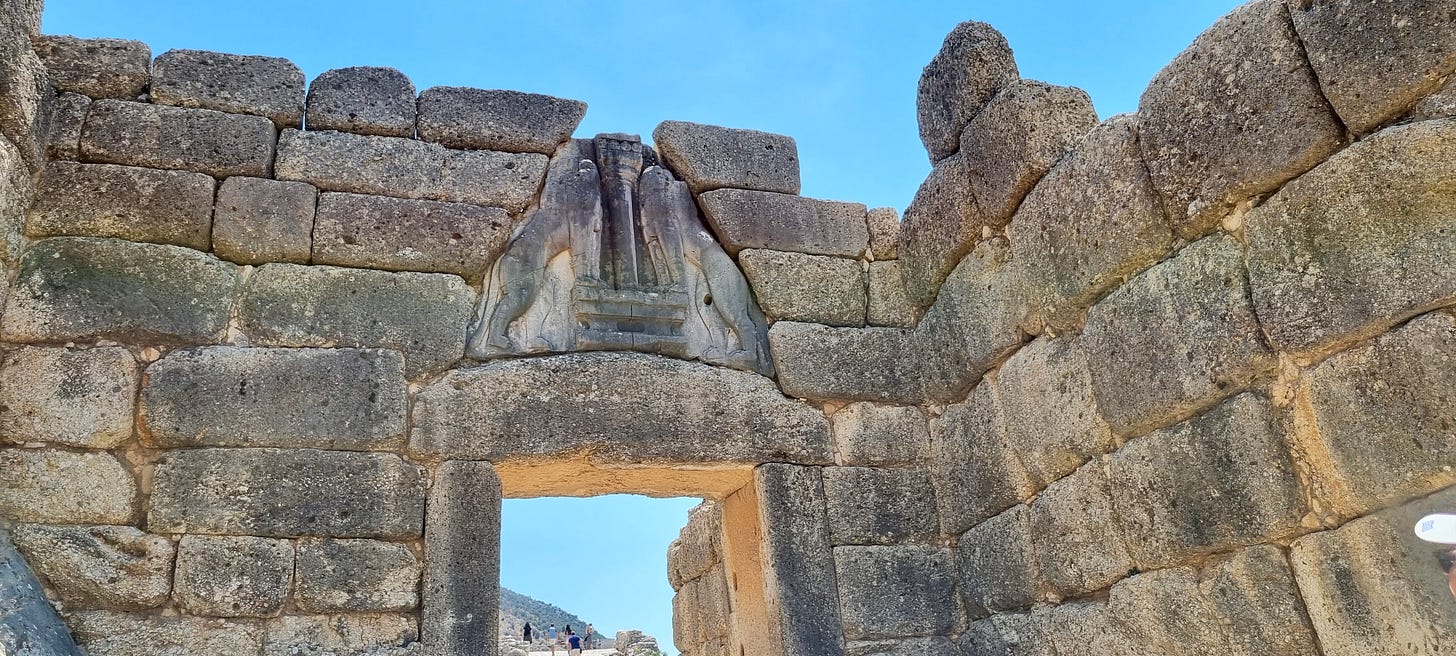
Grave Circle A
I remember last time we were here, we were able to walk around the twin walled circle around the outside of this grave site. Access has been blocked off now, so we have to be content with just looking down on it from above.
This is a cemetery of royal tombs dating from the beginning of the Late Helladic period (16th c. BC). When it was in use, the cemetery lay outside the walls. Gold funeral masks and a variety of other masterpieces, now on display in the National Archaeological Museum in Athens, were discovered during its excavation.
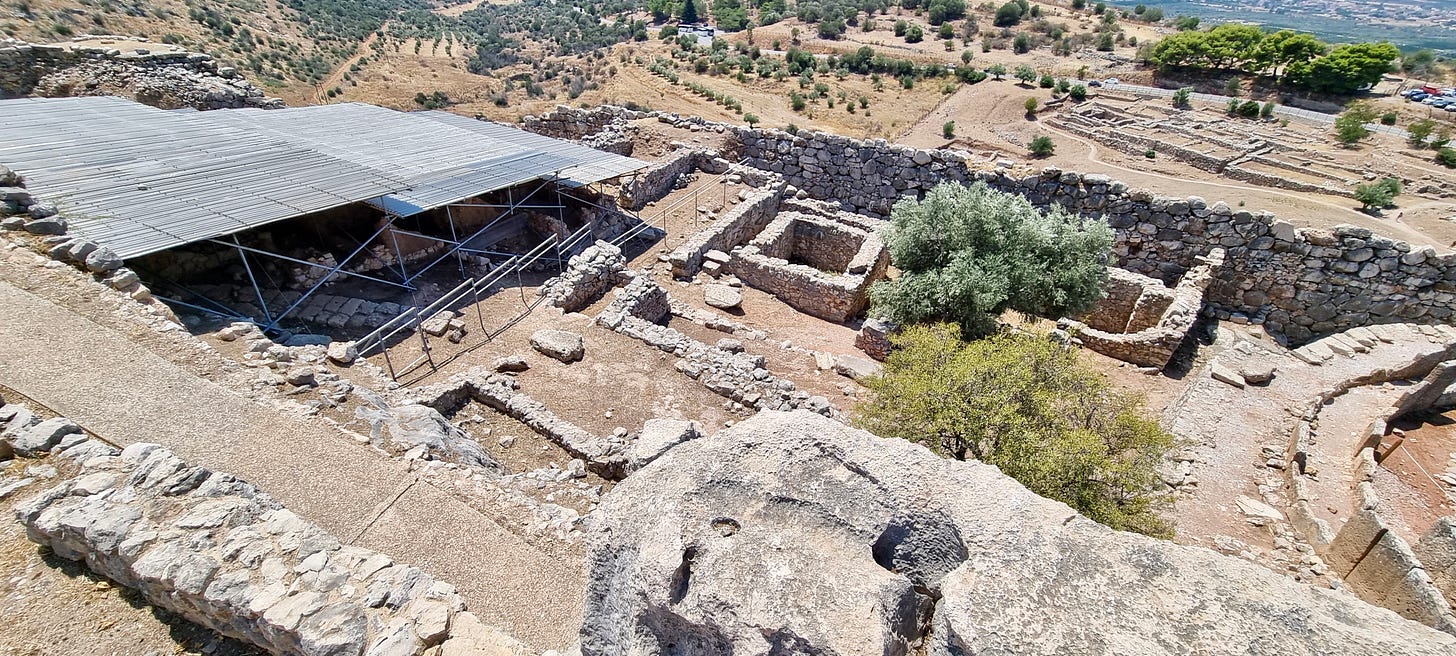
The Palace
The palace complex of Mycenae was built on the summit of the hill. Most of the ruins visible today date to the 13th century BC, but there is evidence that use of the site began in the Early Helladic period (3000-2000 BC). The principal part of the palace complex comprises a large court and the megaron, which was the political, administrative, military and economic hub of Mycenae. It was destroyed, possibly by fire, in the late 13th century BC. A part of it at least was perhaps rebuilt in the 12th century BC, by which time, however, it had lost the glory it enjoyed until the end of the previous century.
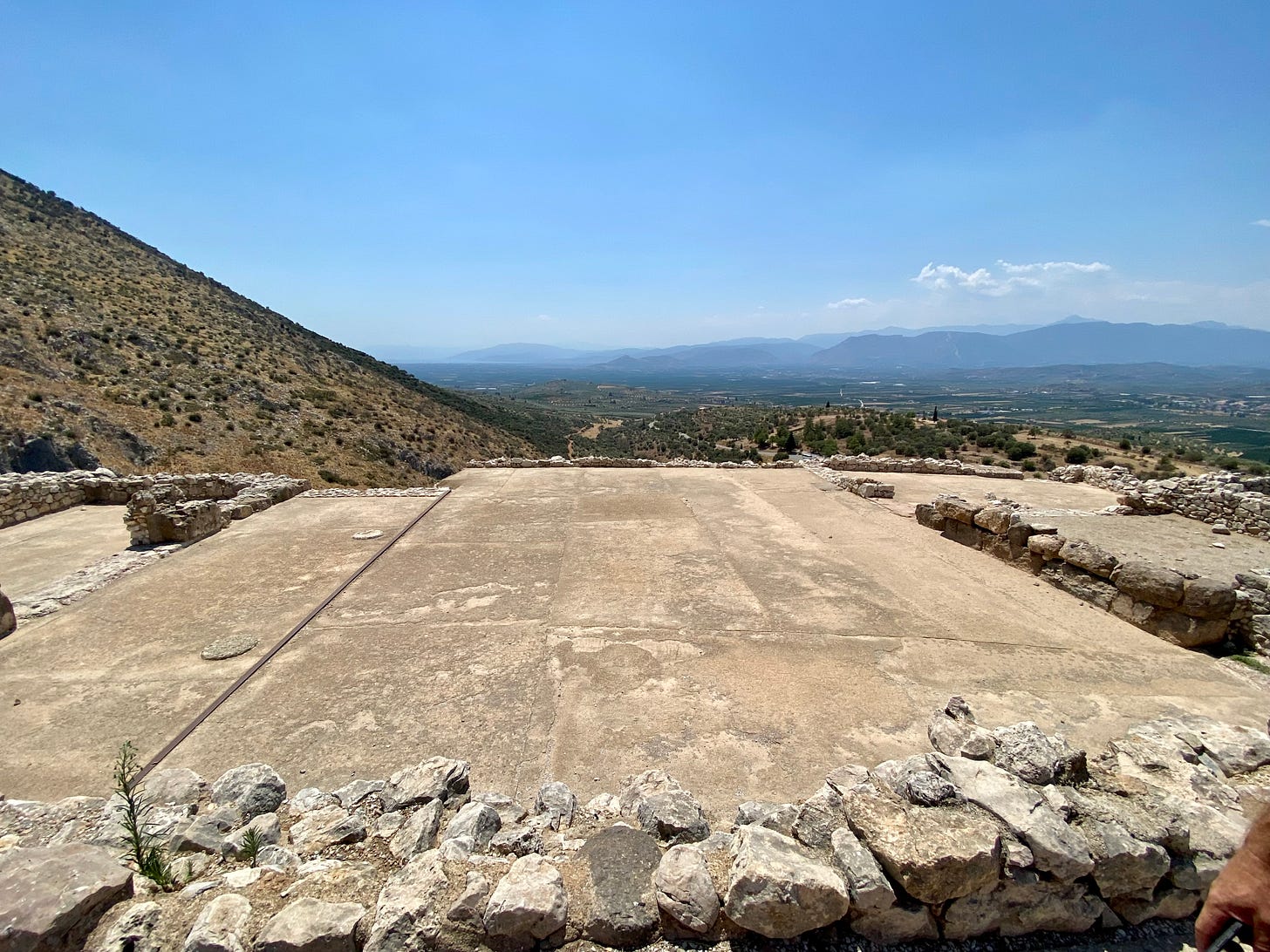
Buildings on the hilltop
There are the remains of several buildings at the top of the hill, including temples, houses, artist’s quarters, and other buildings (some two story) which all seem to have been built in the late 13th century BC, but then destroyed by fire at the end of that century.
Northeast Extension
This is the third and last building extension of the citadel (late 13th century BC). It is a small but essential addition which secured the water supply, involving the construction of an underground cistern, in which was collected water transported along a stone-built subterranean aqueduct from a natural spring located outside and east of the walled citadel.
Underground Cistern
Its construction is one of the most spectacular achievements of Mycenaean building art. The descent to the cistern is arched. It begins inside the citadel, cuts obliquely through the fortification wall and continues underground outside the citadel, with steps interrupted by two landings at the point where they turn. At the far end of the passage, at a depth of 18 metres, is a quadrilateral roofed shaft. This received the water from the natural spring, which was channelled to it along clay conduits. This underground aqueduct secured the continuous supply of water to the citadel and was the basic reason for the extension of the northeast section of the wall.
The North Gate
It was constructed during the second building phase of the walls (circa 1250 BC). Four monolithic blocks of conglomerate (almond stone) form the two jambs, the lintel and the threshold. The gate was closed with a double wooden door, bolted by a sliding bar. Instead of a relieving triangle it has two, plain, vertical slabs set on edge above the lintel, thus transferring the weight to the two doorposts. Inside the gate is a small internal court, from which a road led up to the megaron. The special care with which the two large gates of the citadel were built attests to the Mycenaean masons' expertise.
Tholos
There’s several of these domed tombs on site, a bit like the one in Dendra, but much bigger.
Archeological Museum of Mycenae
After the heat of the main site, we escaped inside for a bit (but not a lot) of air conditioning and have a look around the museum. They have a few displays telling various stories and information about Mycenae, which I have just copyed and pasted below for you.
THE TROJAN WAR
In Greek mythology, the most famous of the heroic expeditions surviving in legends is the Trojan War. The Iliad of Homer is our main source for the events that took place during this adventure.
The legend is well known:
Three goddesses, Hera, Athena and Aphrodite quarreled over which of them is the fairest. Their judge, Paris, the handsome son of the Trojan king Priam, decided in favour of Aphrodite and as a reward, was promised the most beautiful of women, Helen, wife of king Menelaos of Sparta. After her abduction, Menelaos, called at once upon Helen's former suitors to come to his aid and a host of 1186 ships and more than 100,000 men from 22 different states and principalities set out against Troy (in modern day Turkey) under the command of Menelaos' brother Agamemnon, king of Mycenae.
The expeditionary force laid siege to Troy for ten long years, at the end of which the Trojan hero, Hector, was slain by Achilles, the most glorious hero of the Greeks. Homer's poem ends there and does not mention Achilles death, the stratagem of the wooden "Trojan Horse" and the sack of Troy.
(The Trojan War is said to be the inspiration of the saying “beware of Greeks bearing gifts” 🎁 ).

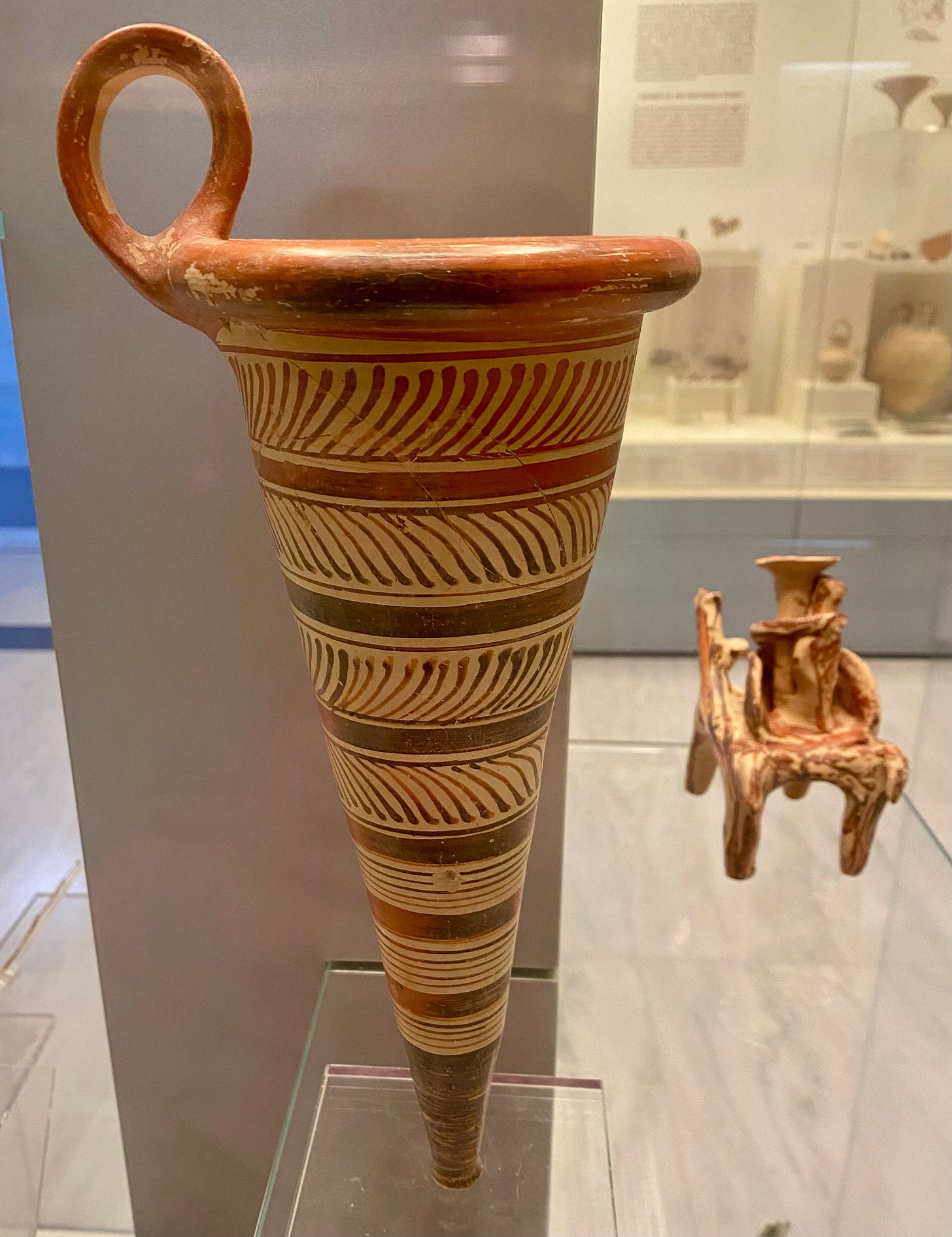
The Treasury of Atreus
We were fairly hot and tired after exploring the site of Mycenae, so we went off to have something to eat, and a cold drink, and a chance to cool down and recharge our batteries.
The “Treasury” is a separate site, just down the road, but luckily the ticket for Mycenae covers the entrance to this site as well. We’d not gone to this site when we visited Mycenae 5 years ago, so we decided to go have a look - and we were glad we did!
'TREASURY OF ATREUS'
The tholos or 'beehive' tomb dubbed the 'Treasury of Atreus' or the 'Tomb of Agamemnon' is one of the most splendid monuments of Mycenaean architecture. Built between 1350 and 1250 BC, it consists of a dromos (passage), stomion (entrance), tholos (vaulted chamber) and small side chamber. Distinctive features of its construction are the use of megalithic elements in the entrance (jambs and lintel) and its carefully dressed masonry. The monumental façade was decorated with a variety of materials. Parts of the sculpted decoration are today in the British Museum, London, and the National Archaeological Museum, Athens.
The tomb was found robbed, like all the tholos tombs, and there is no information on either the grave goods or the burials it once housed. It was never fully buried by earth and remained always visible, attracting the attention of ancient and later travellers.
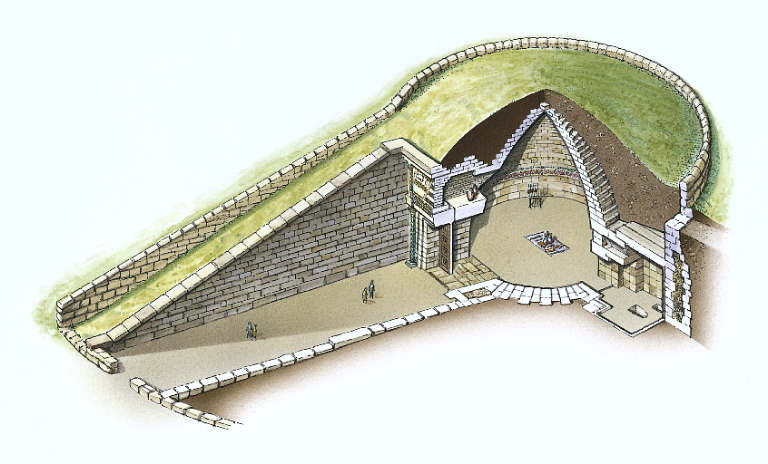
Next stop: Ancient Nemea



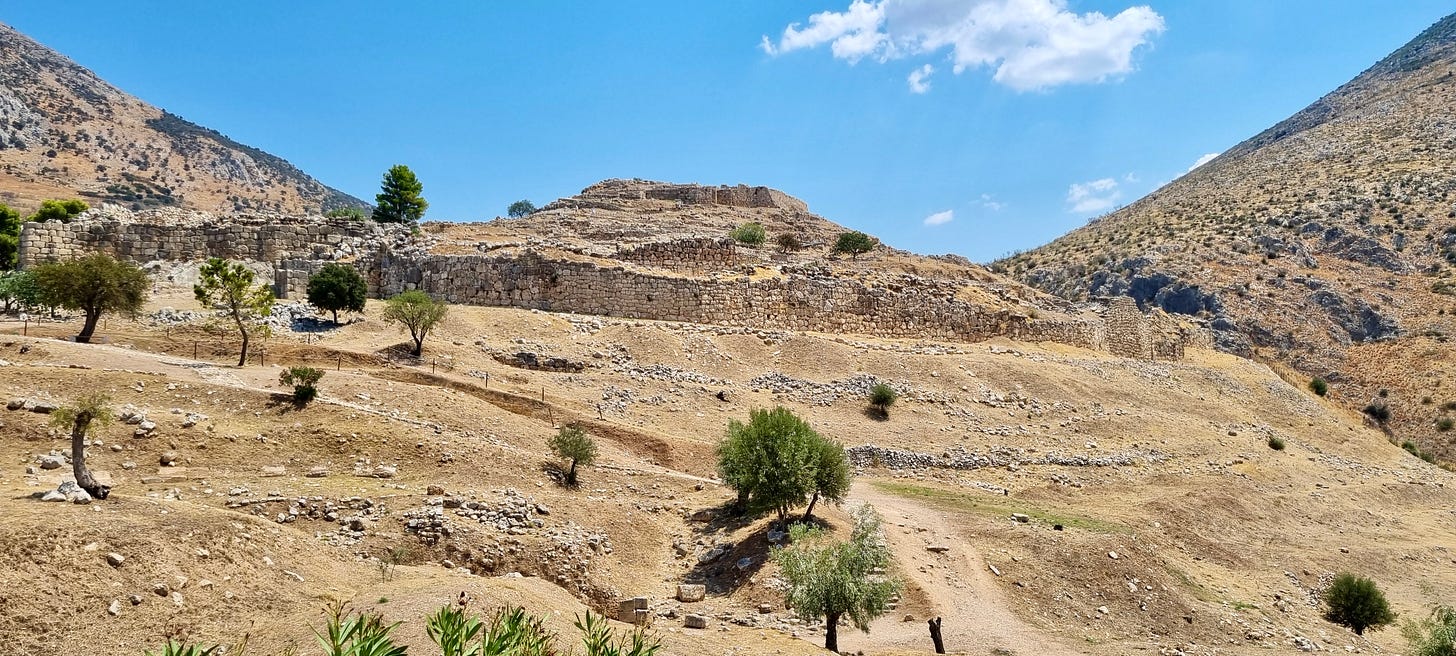
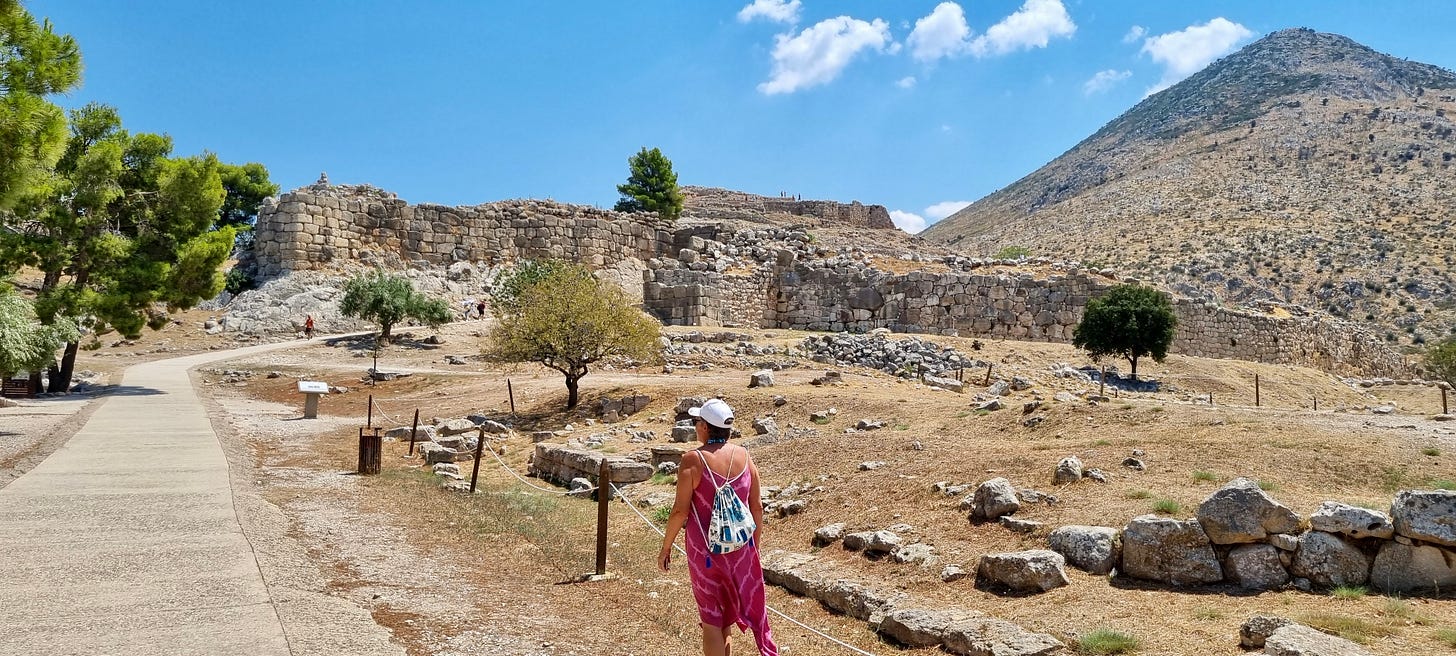
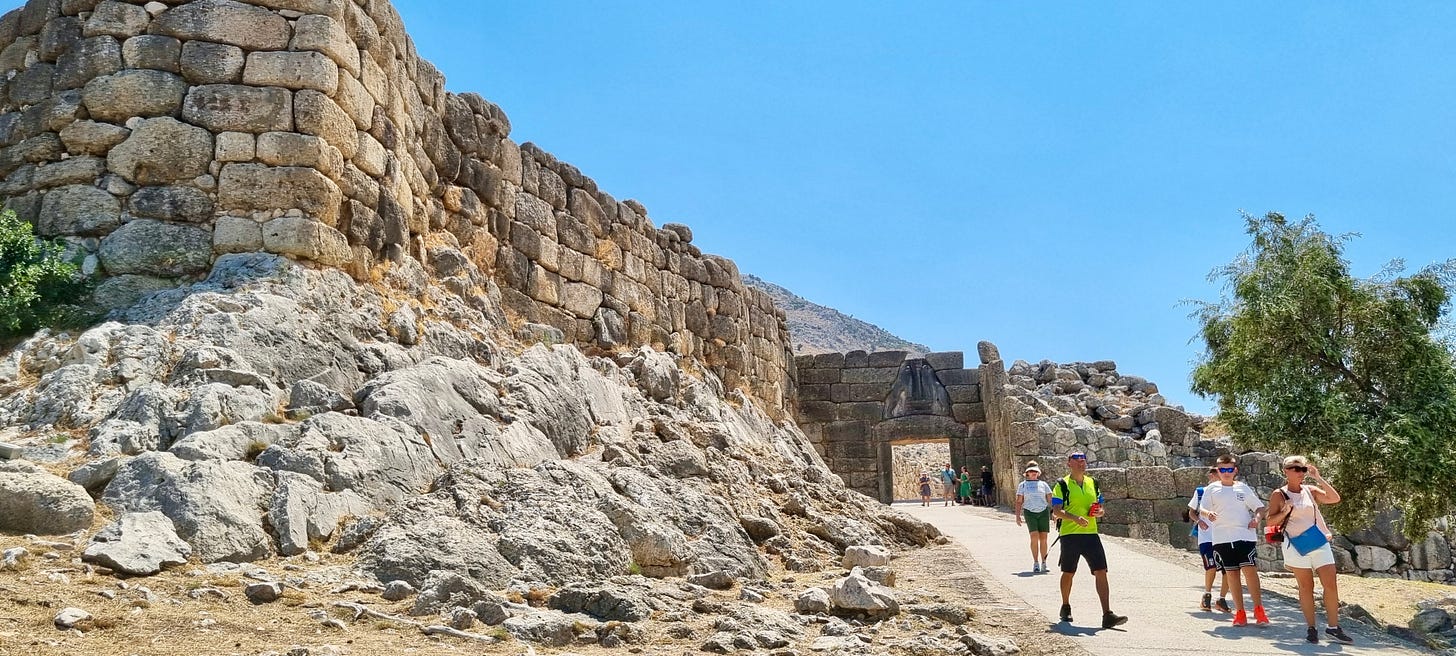
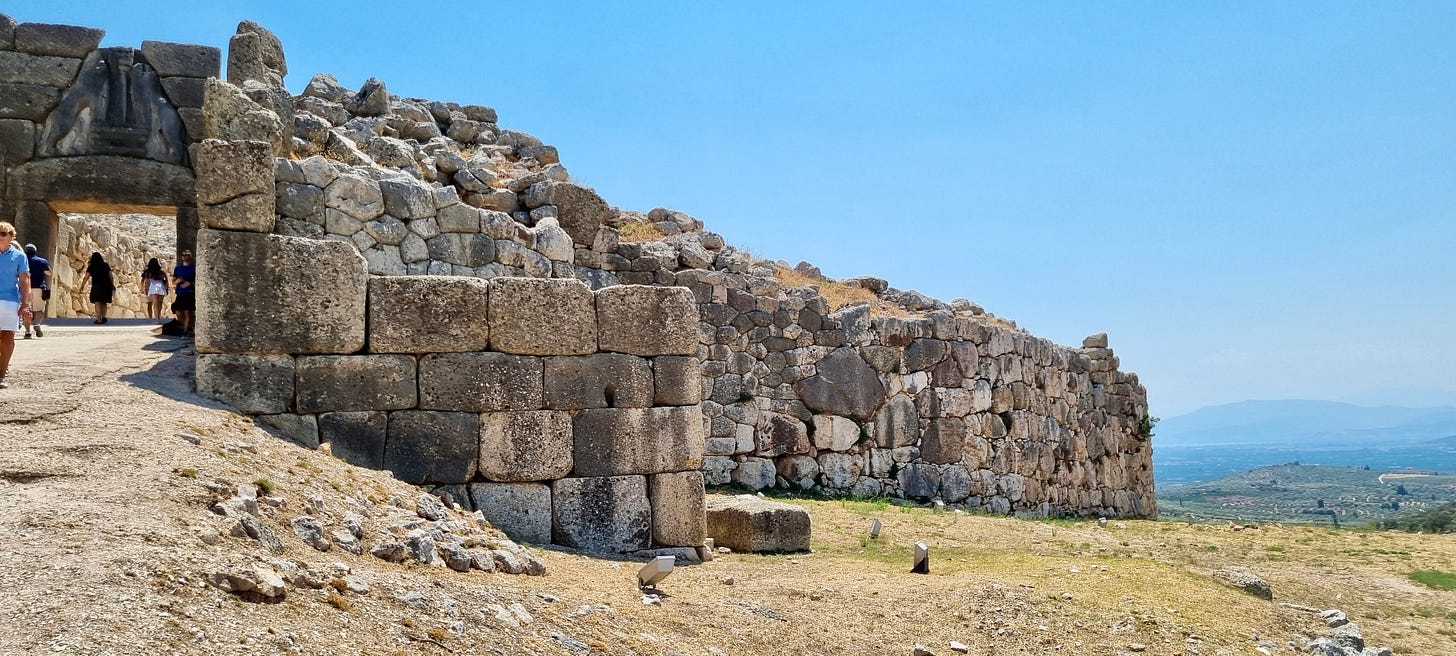
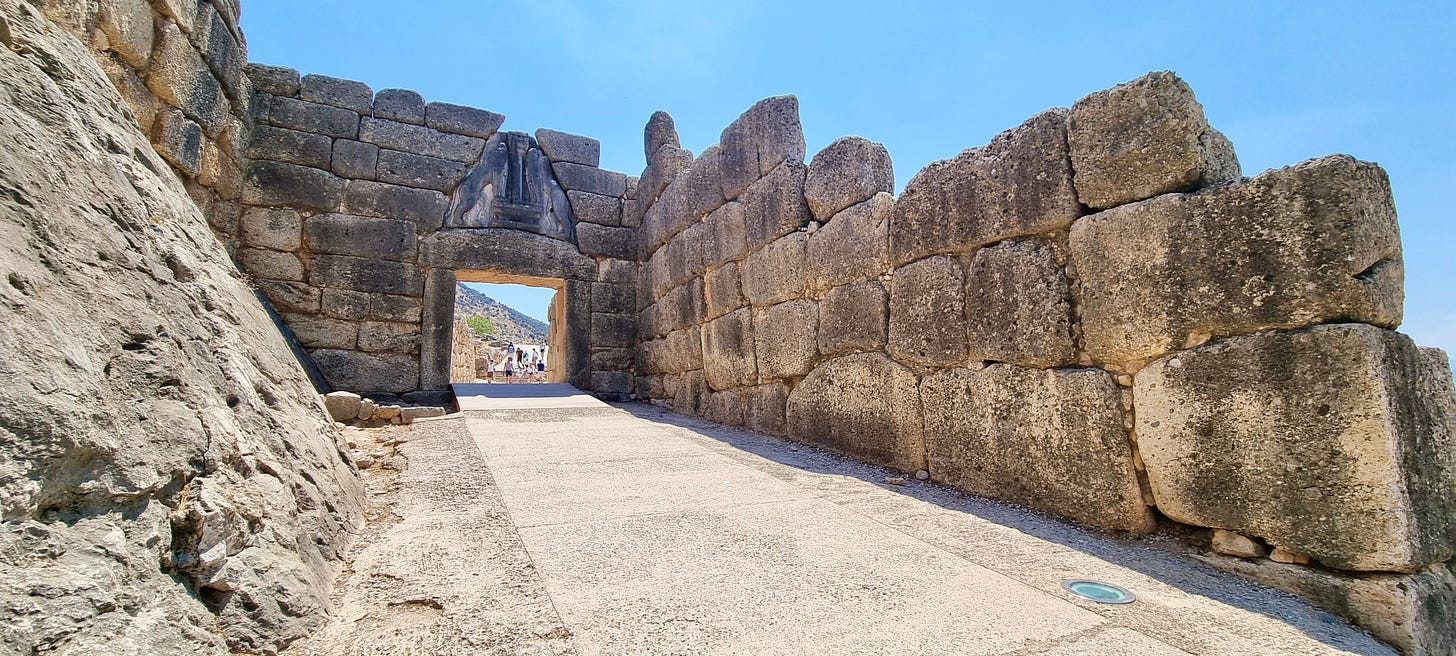
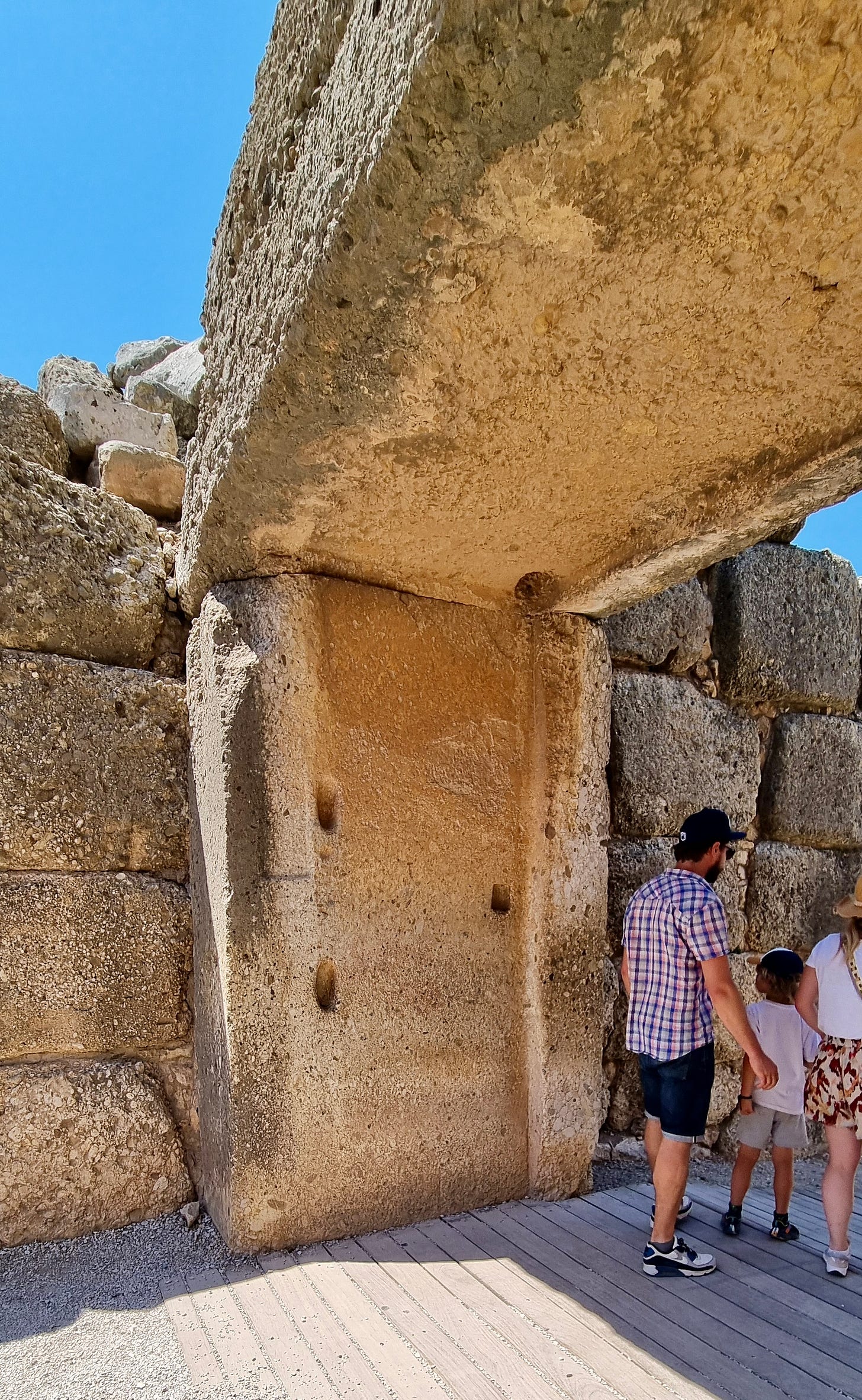
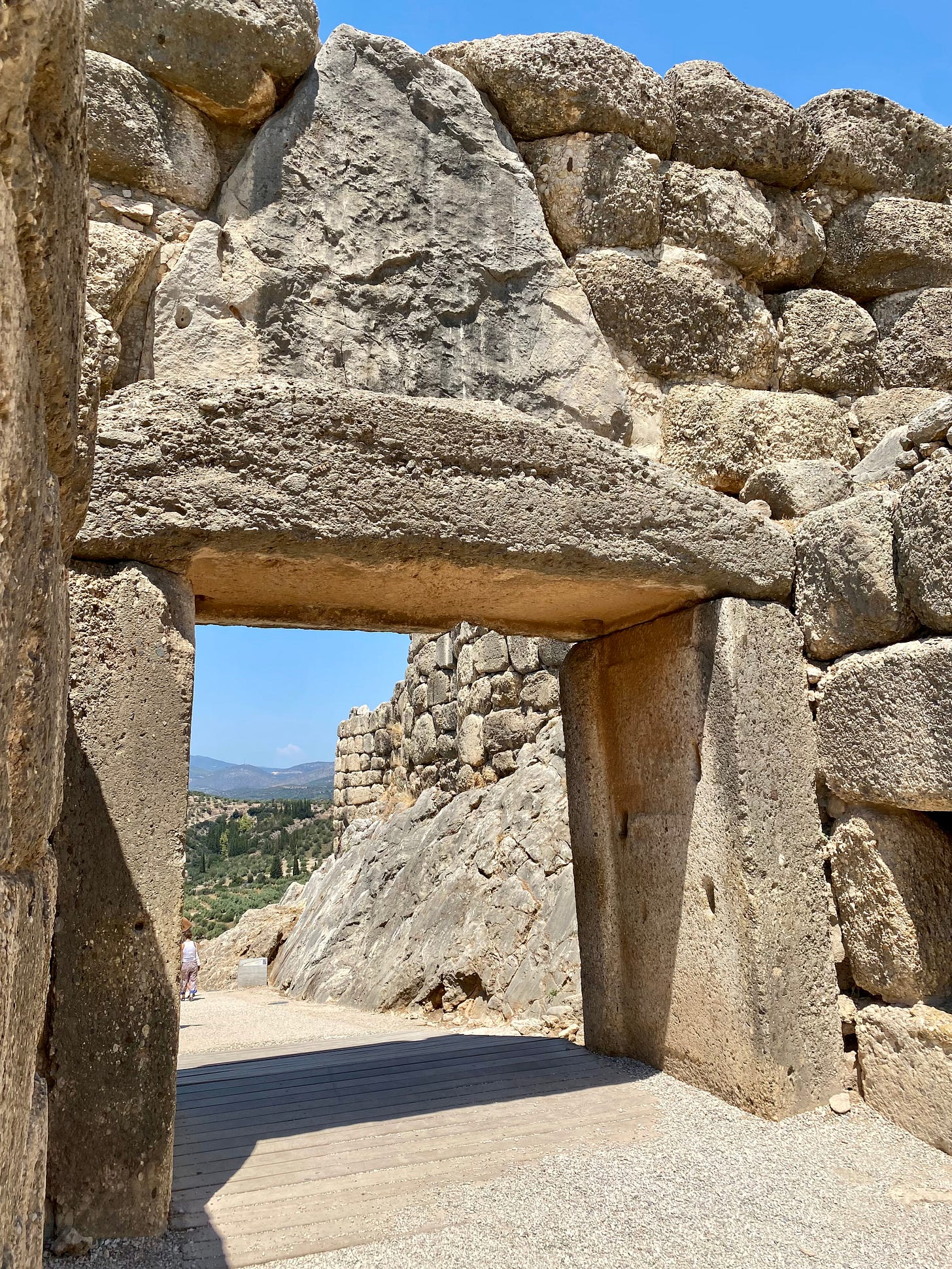
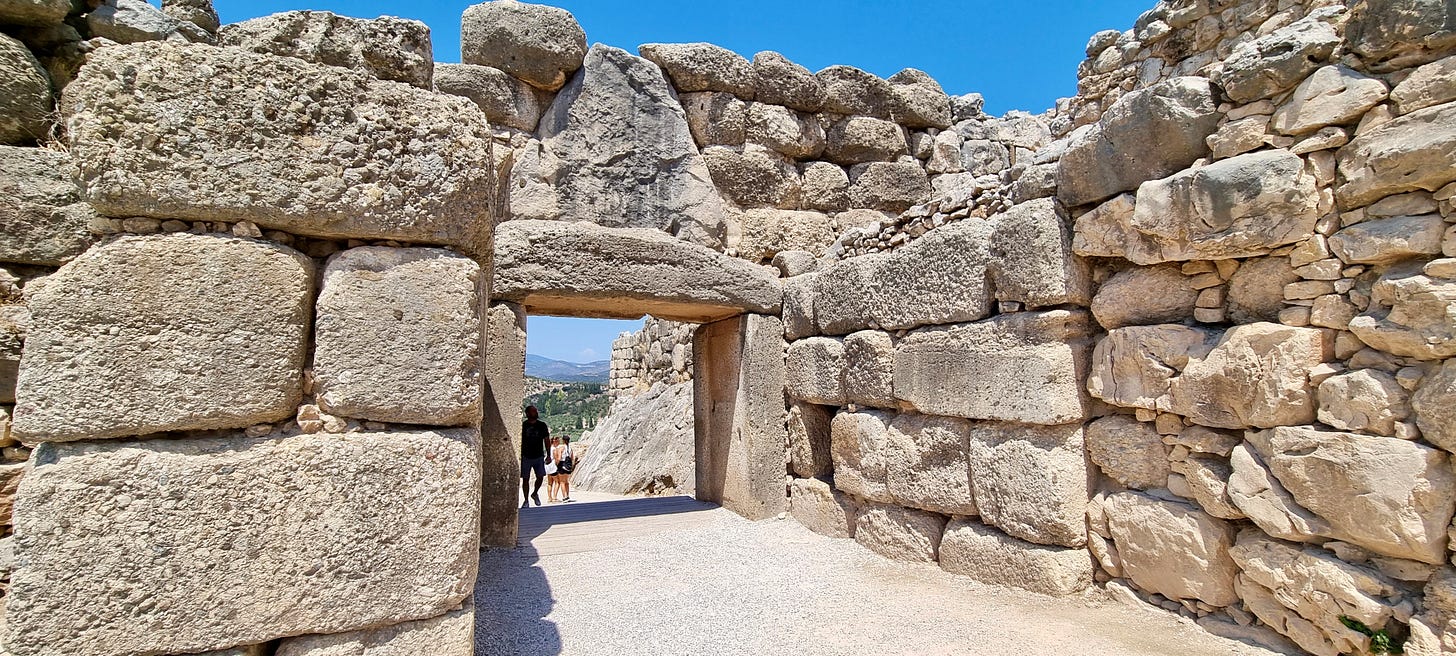
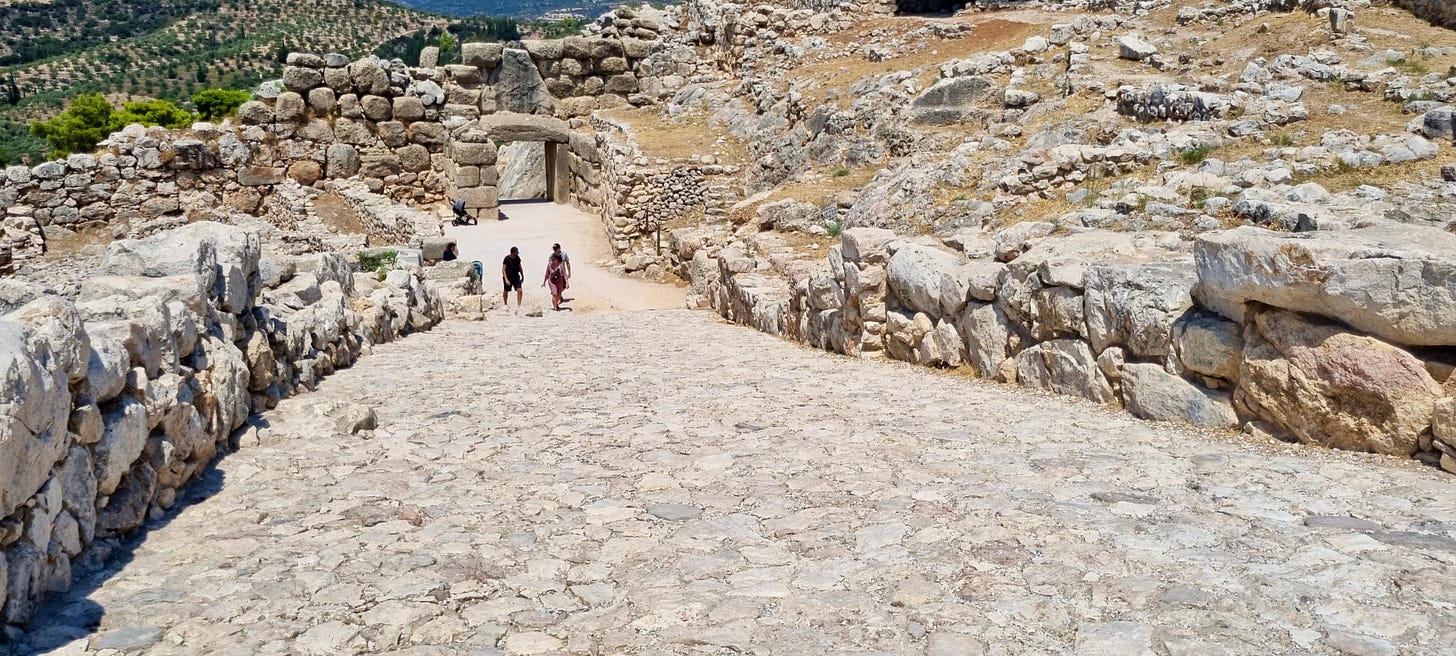
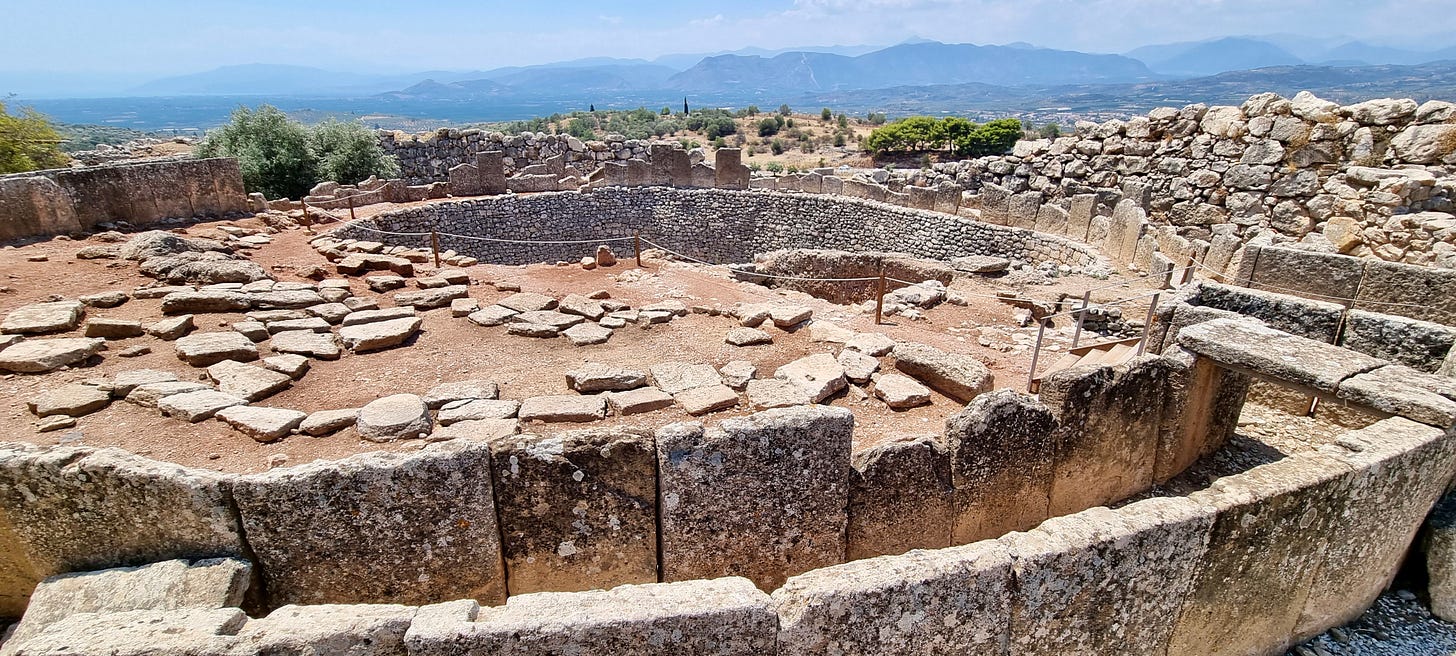
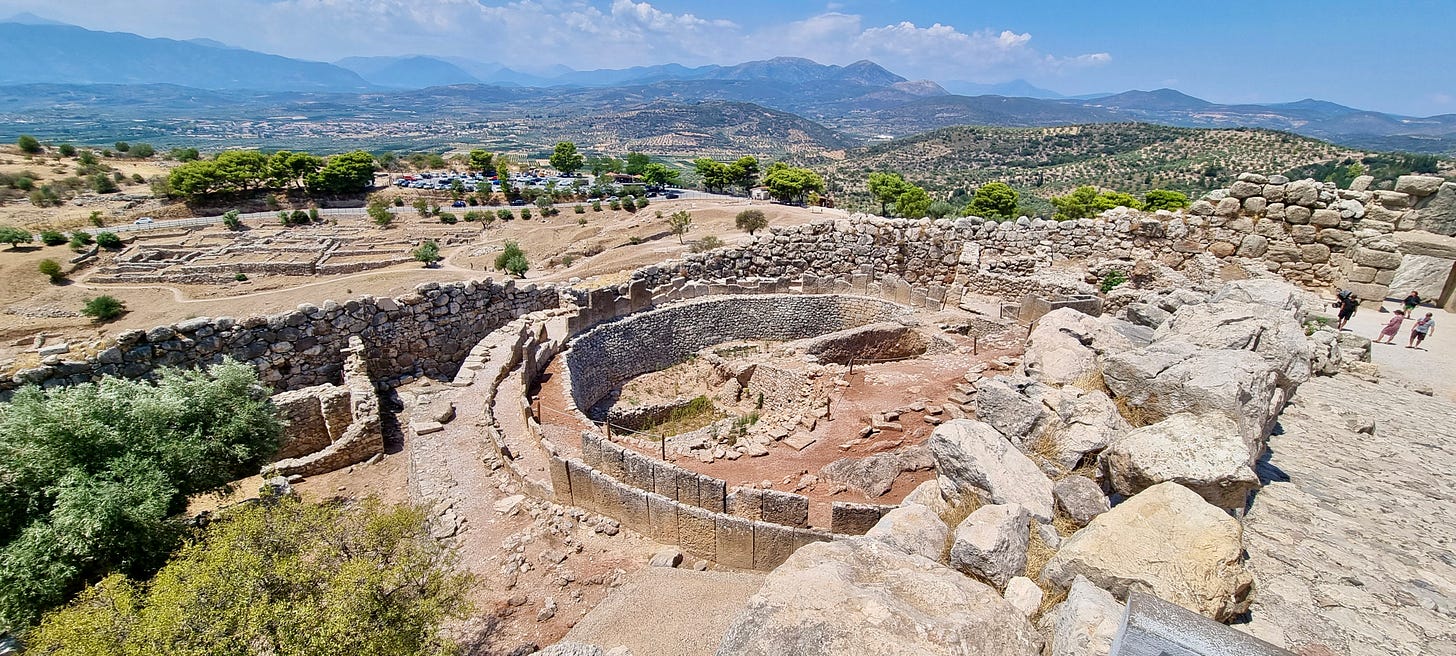
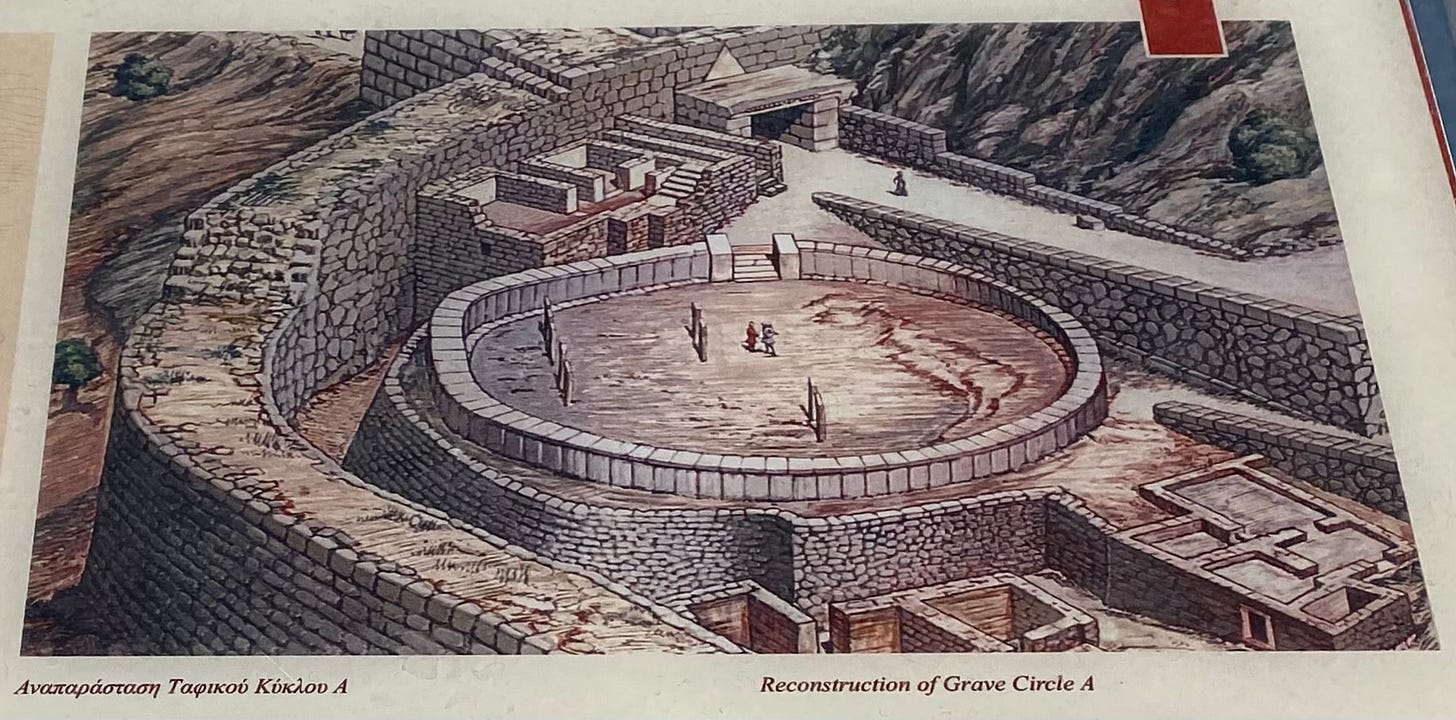
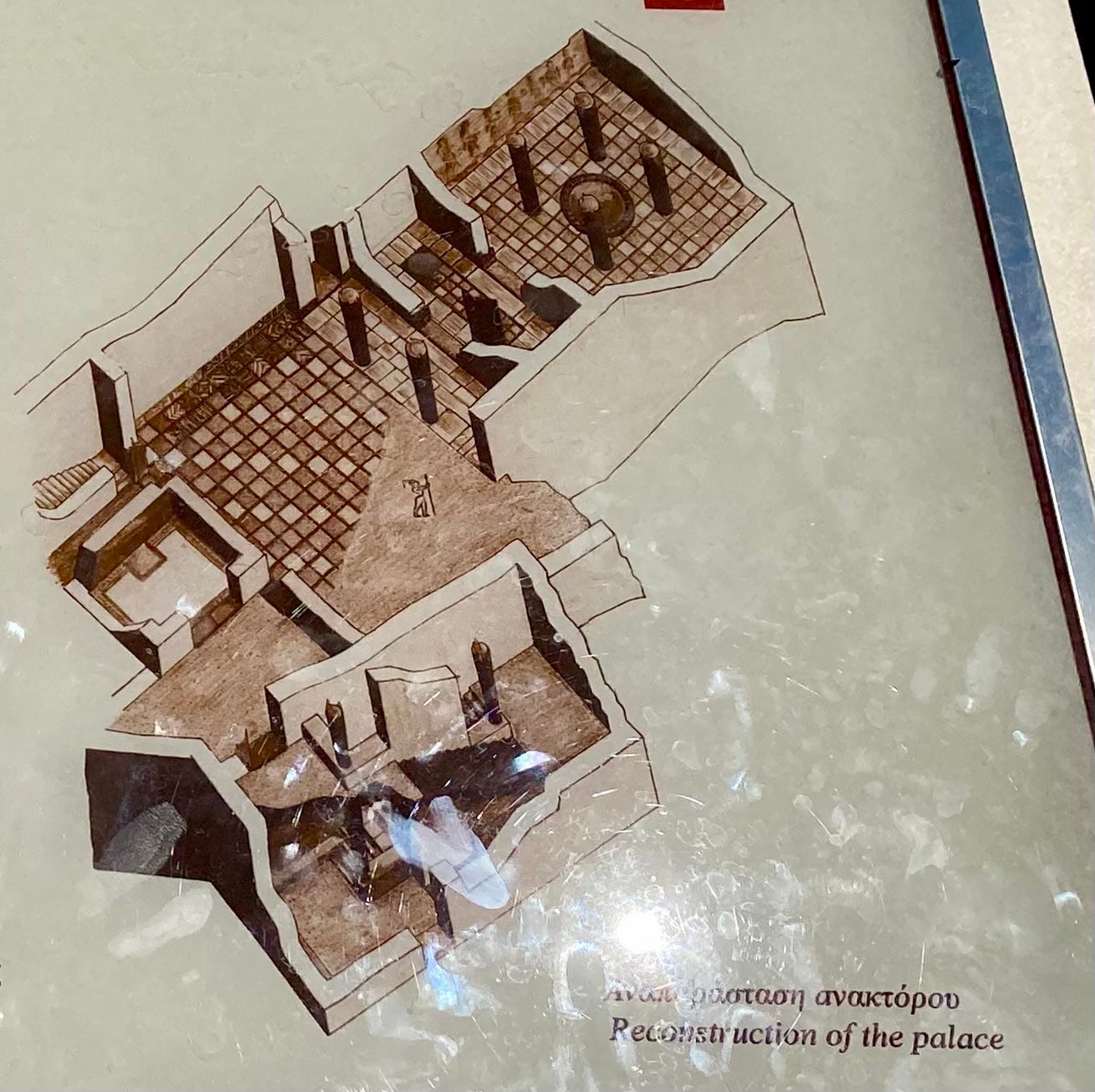
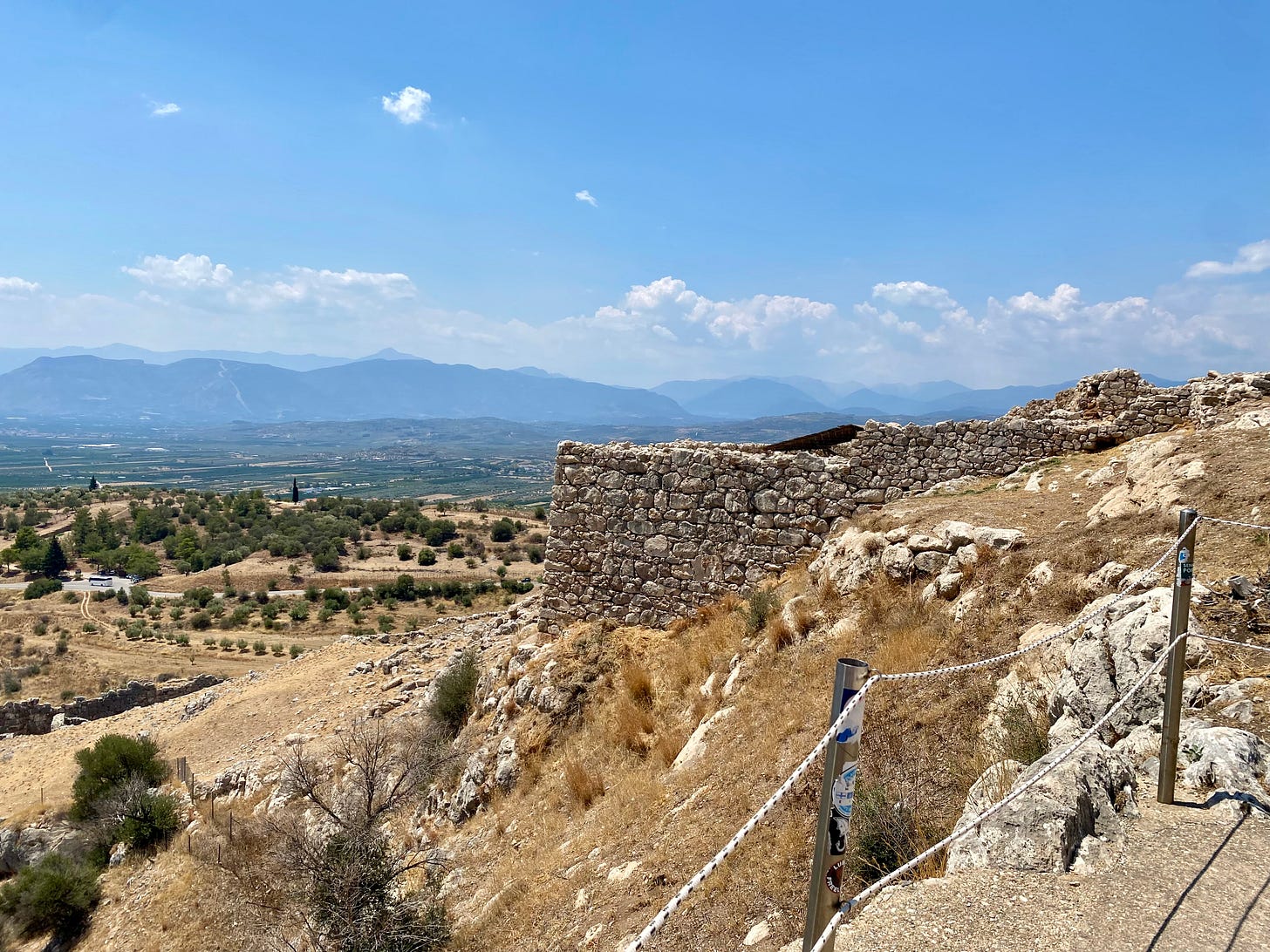
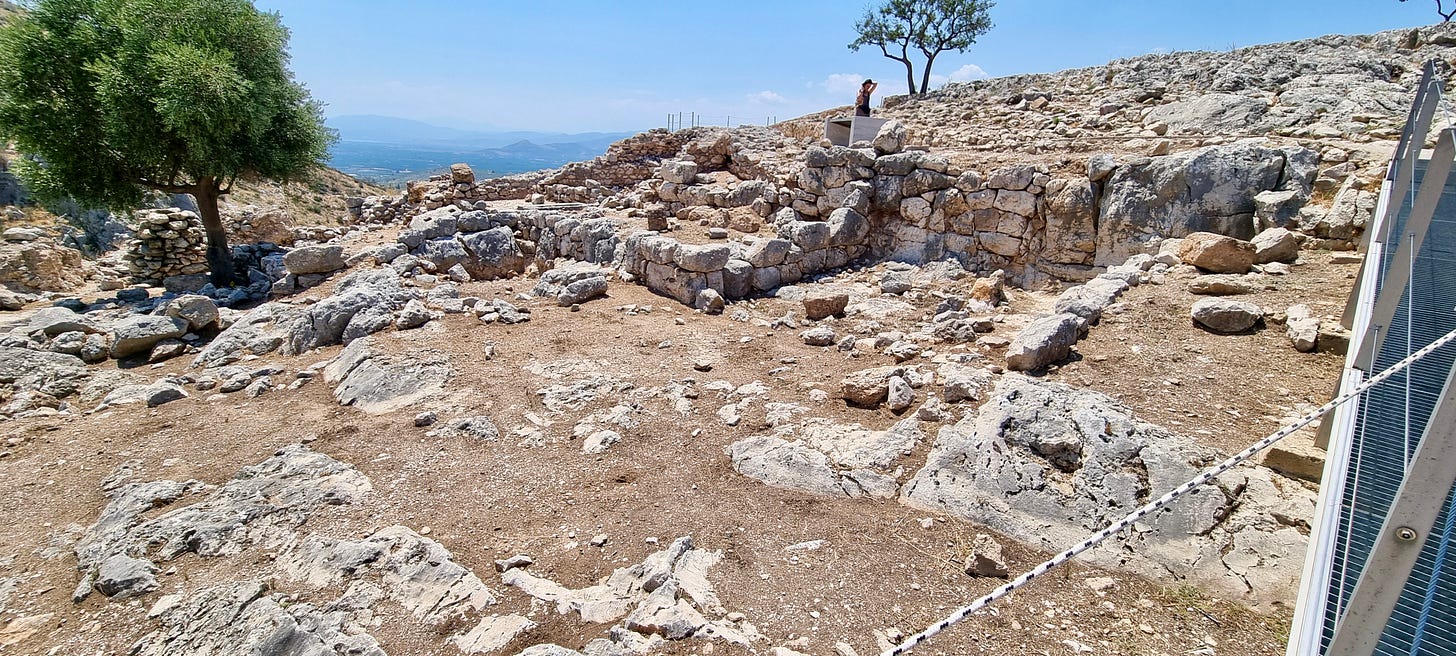
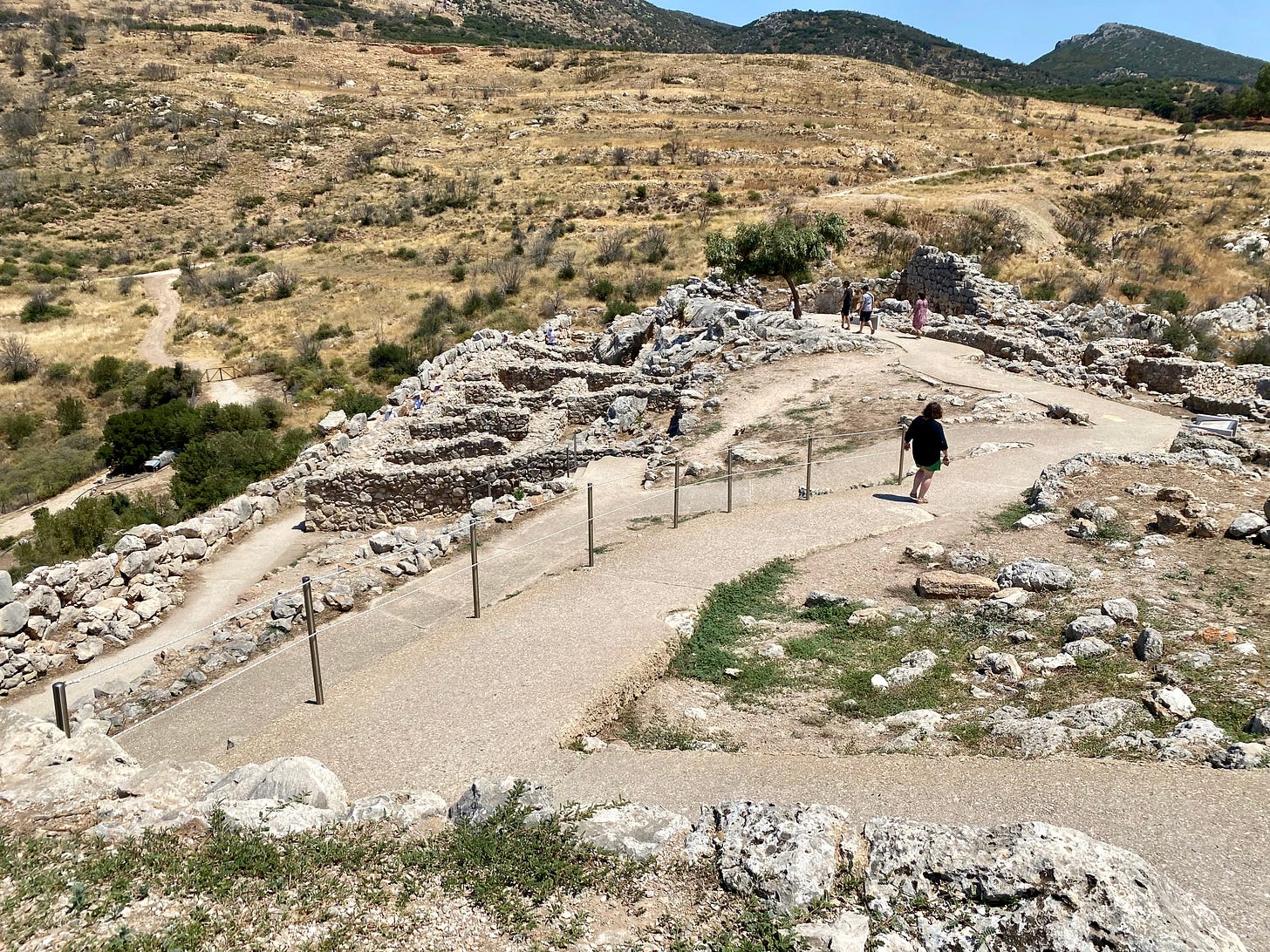
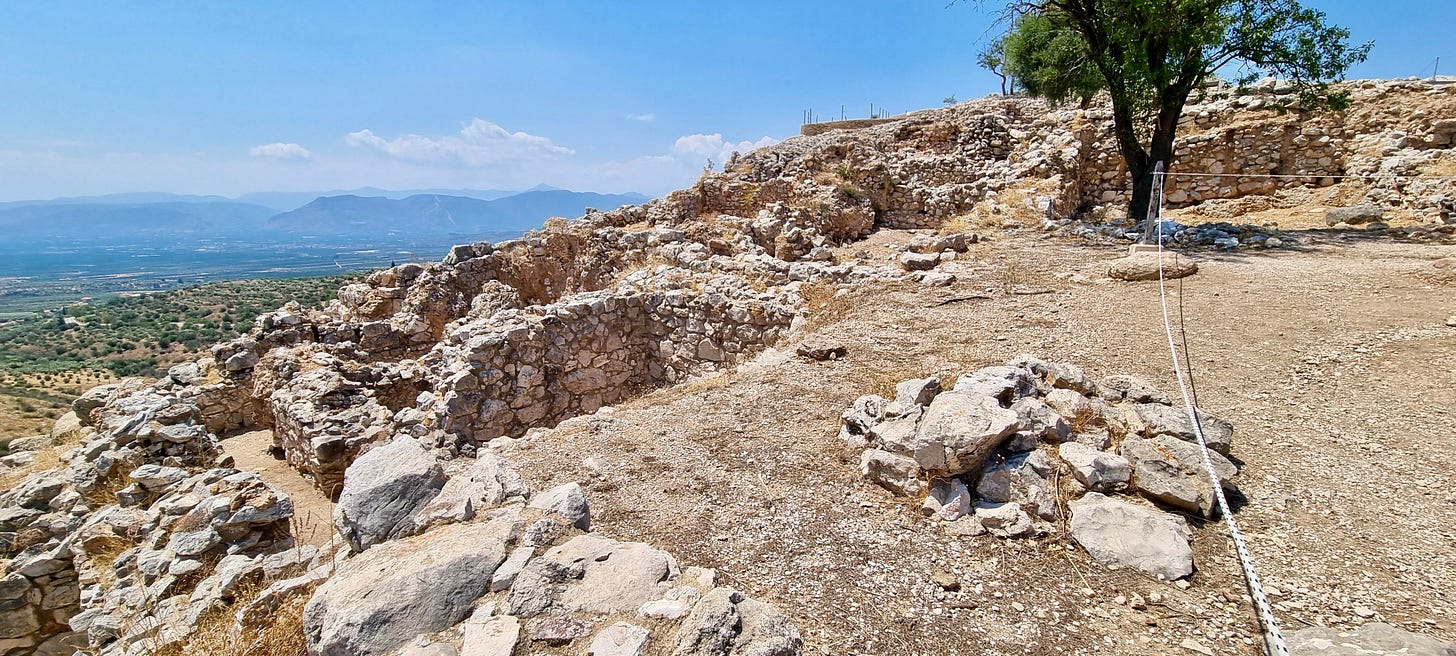
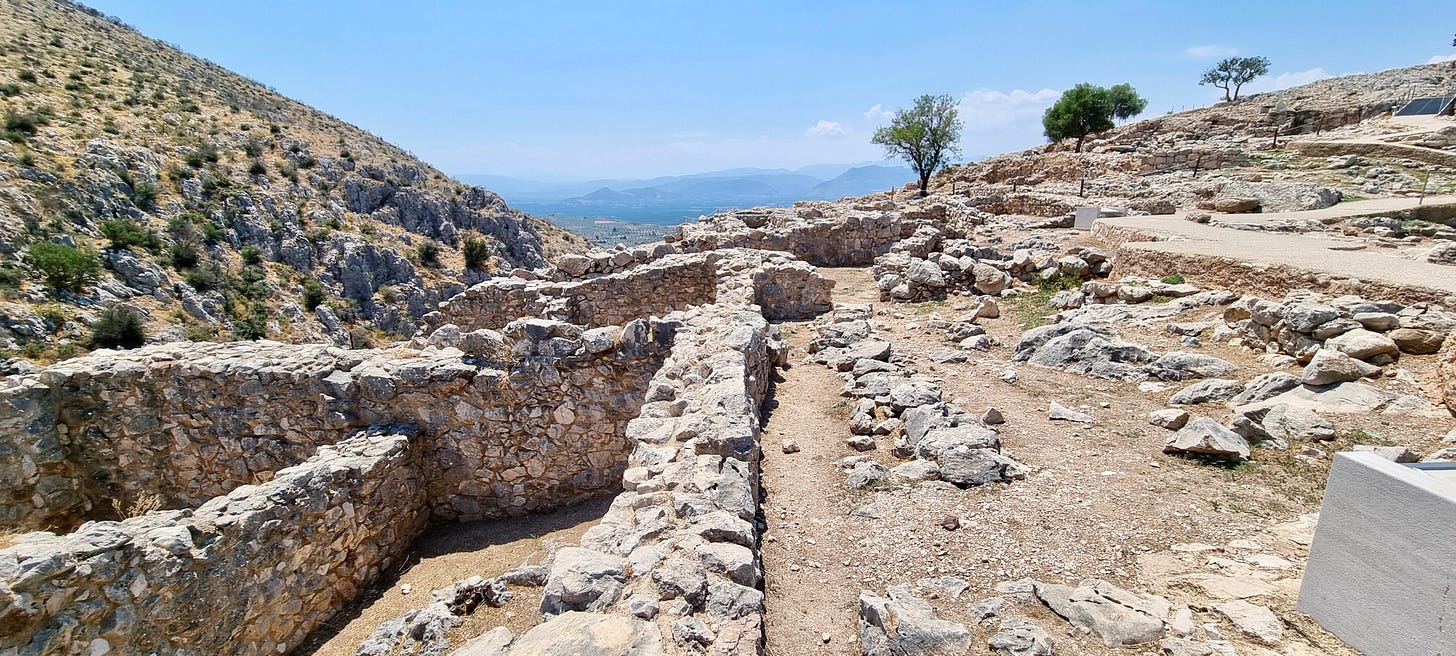

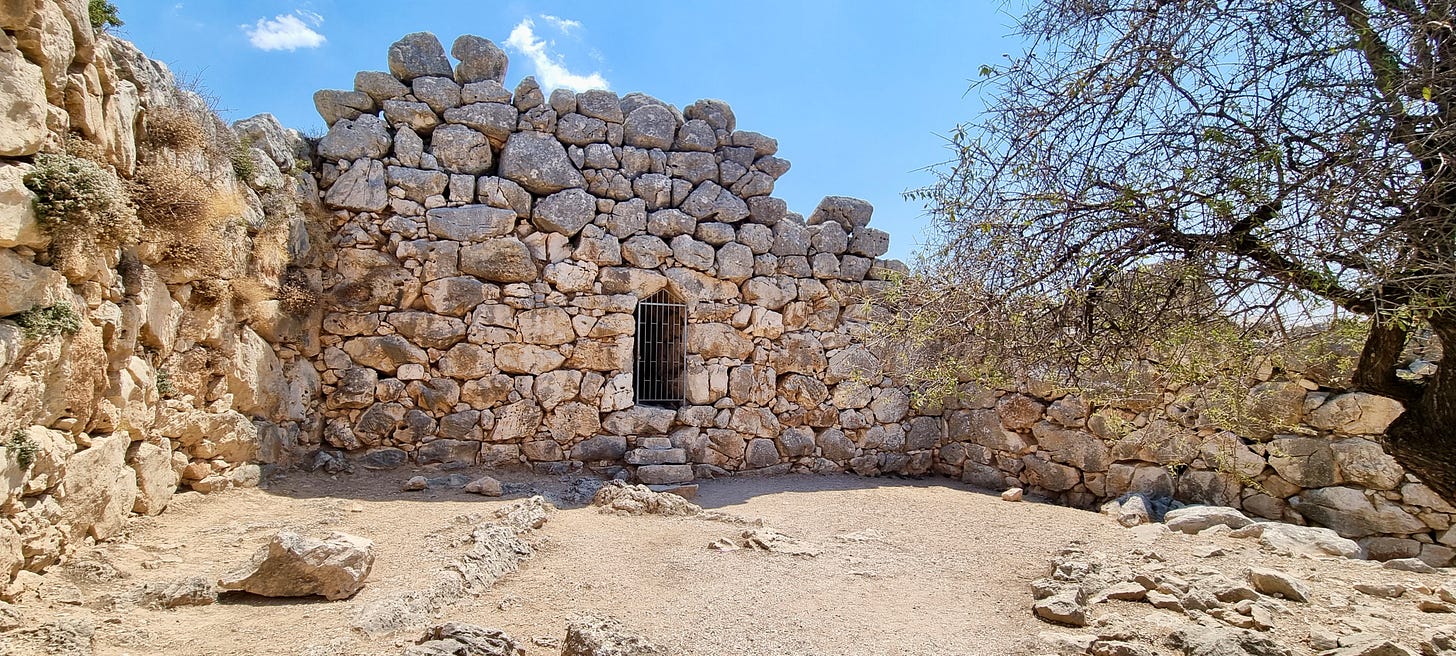
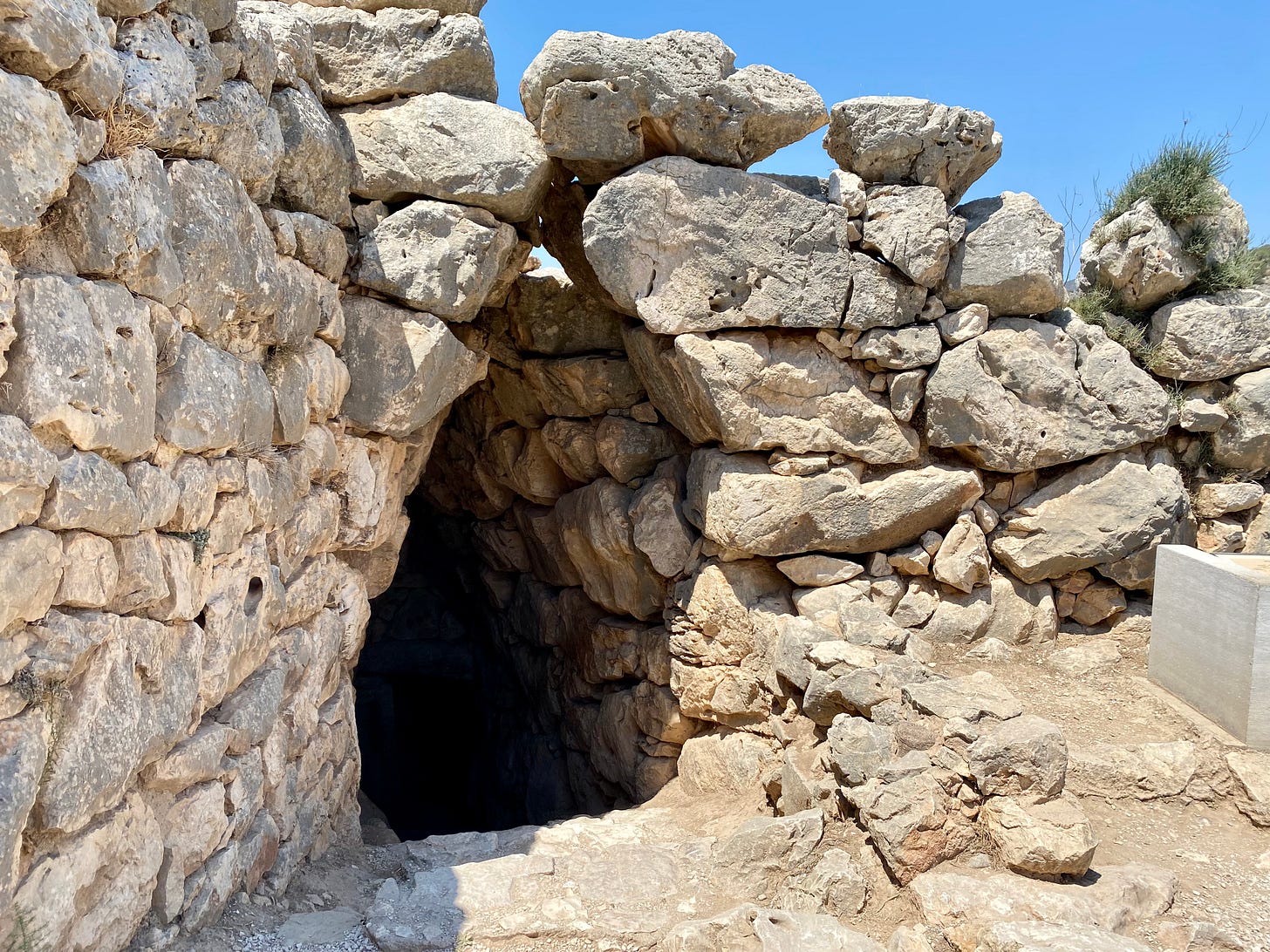
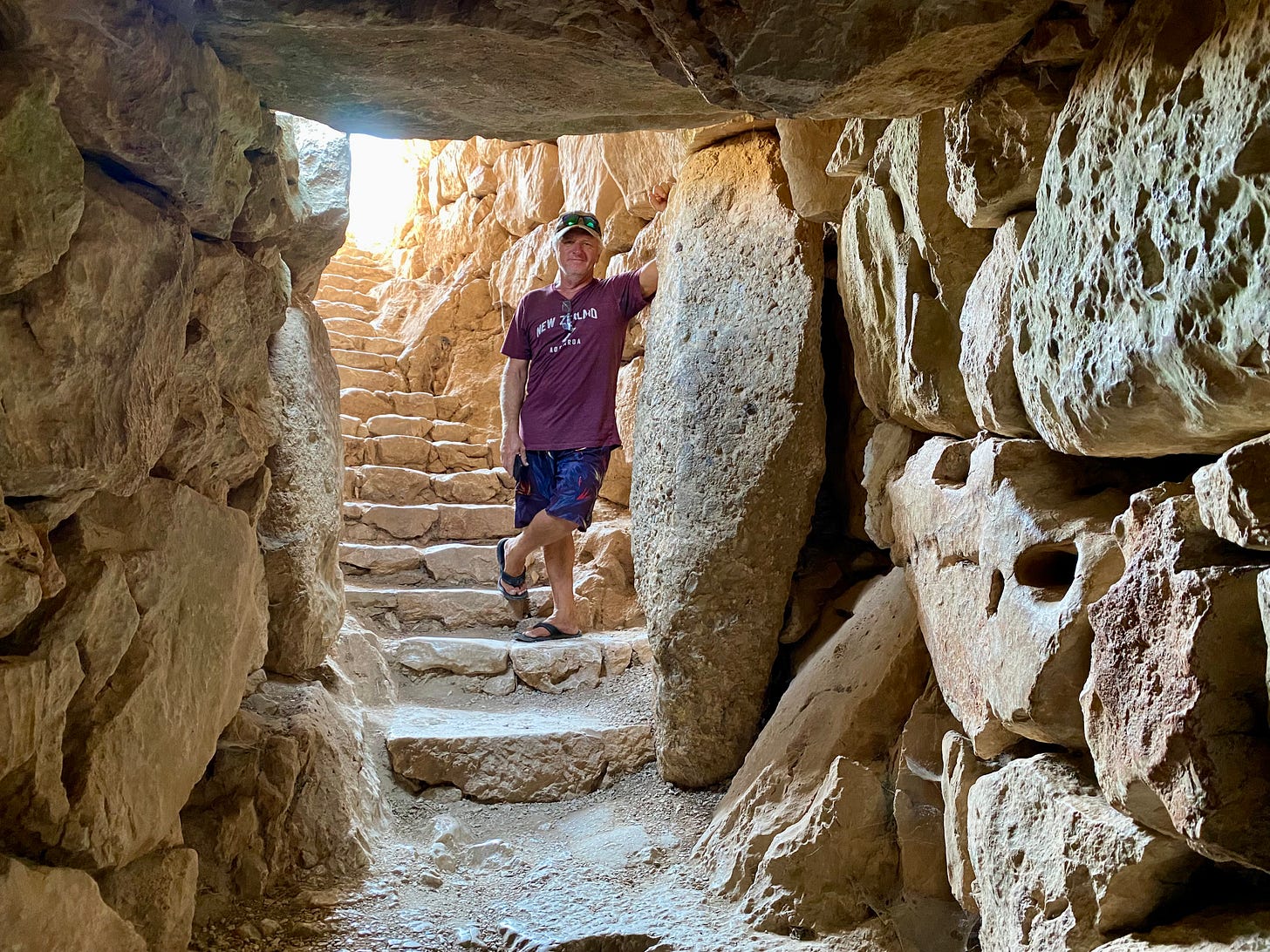
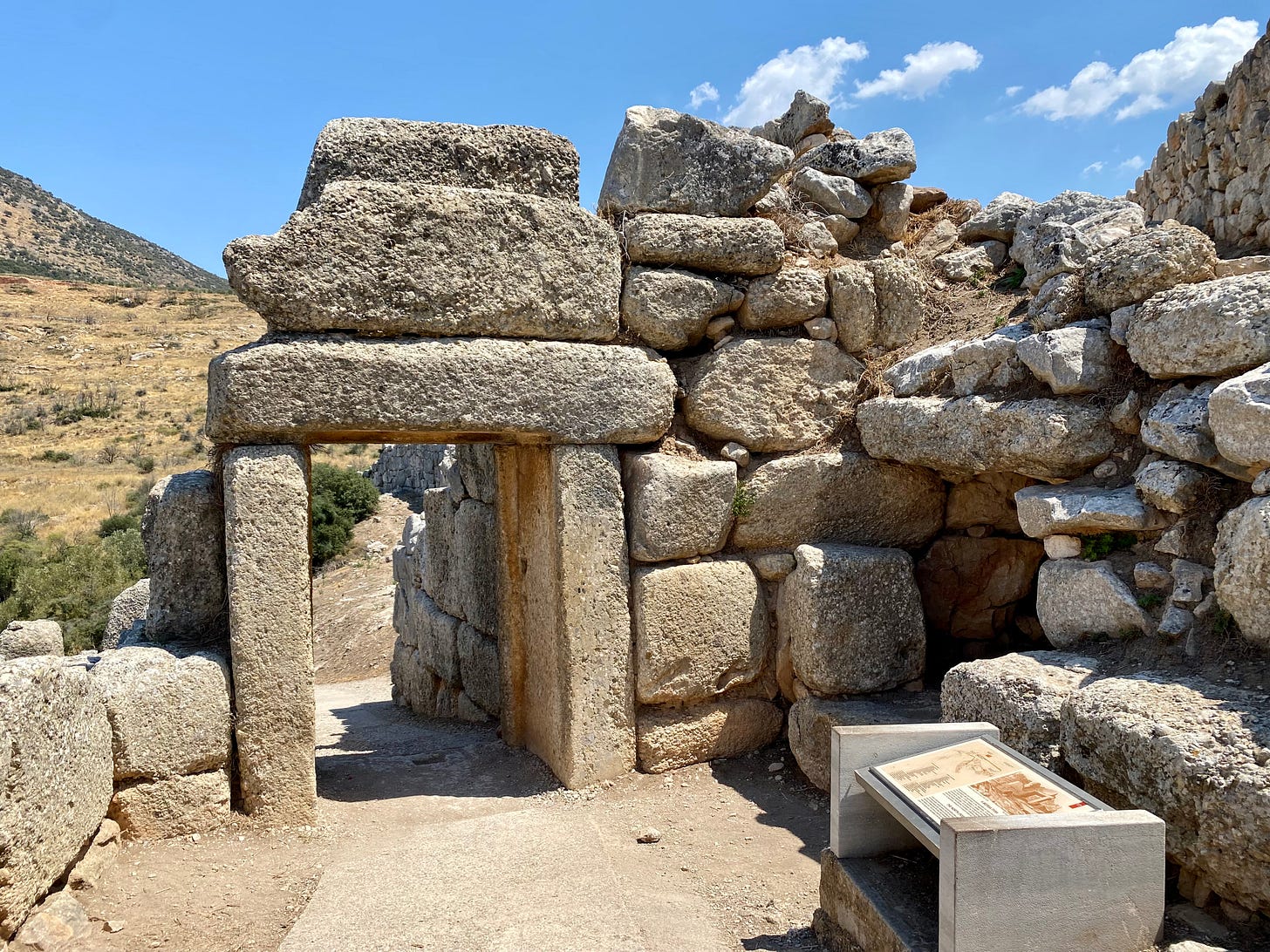
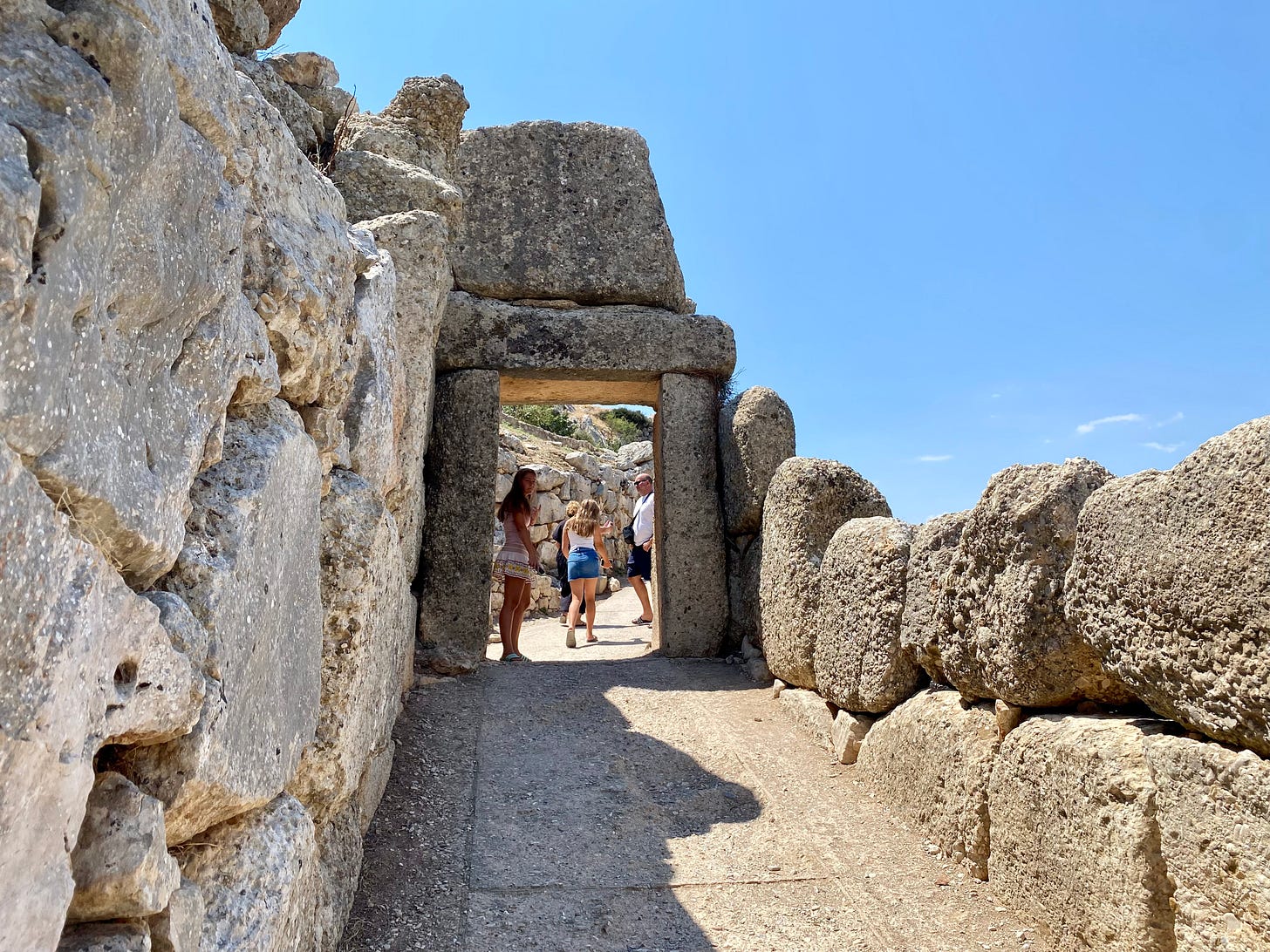
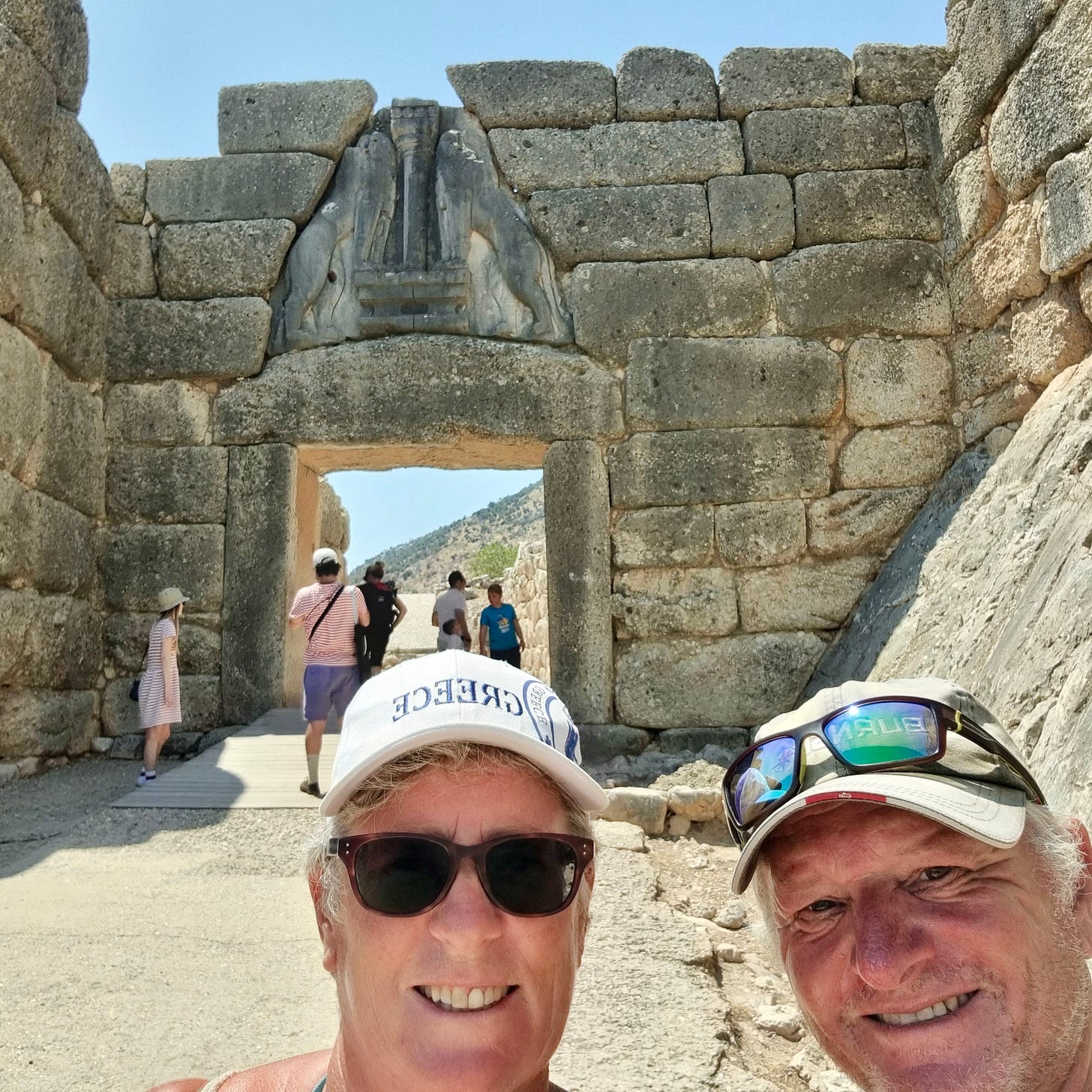
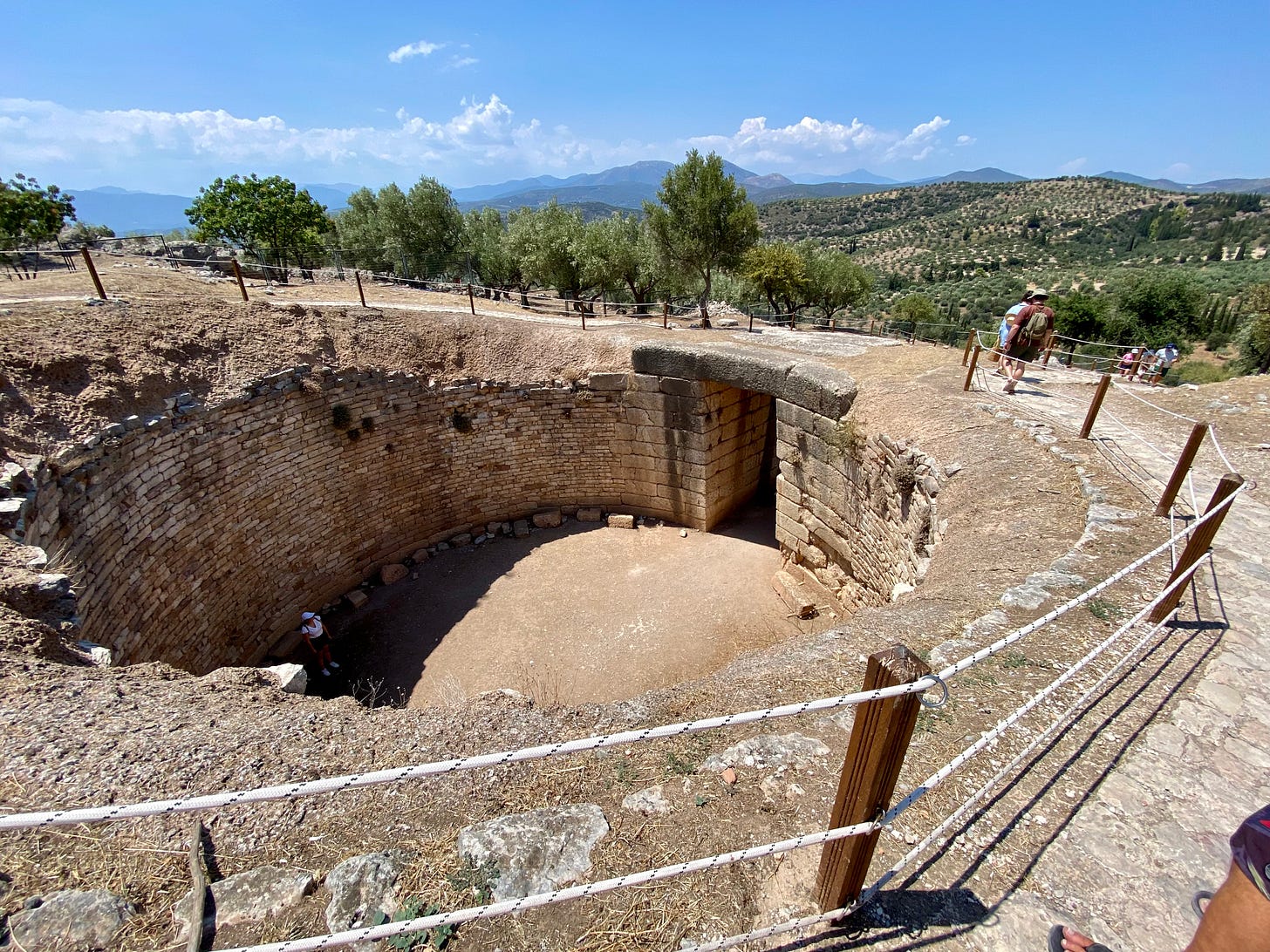
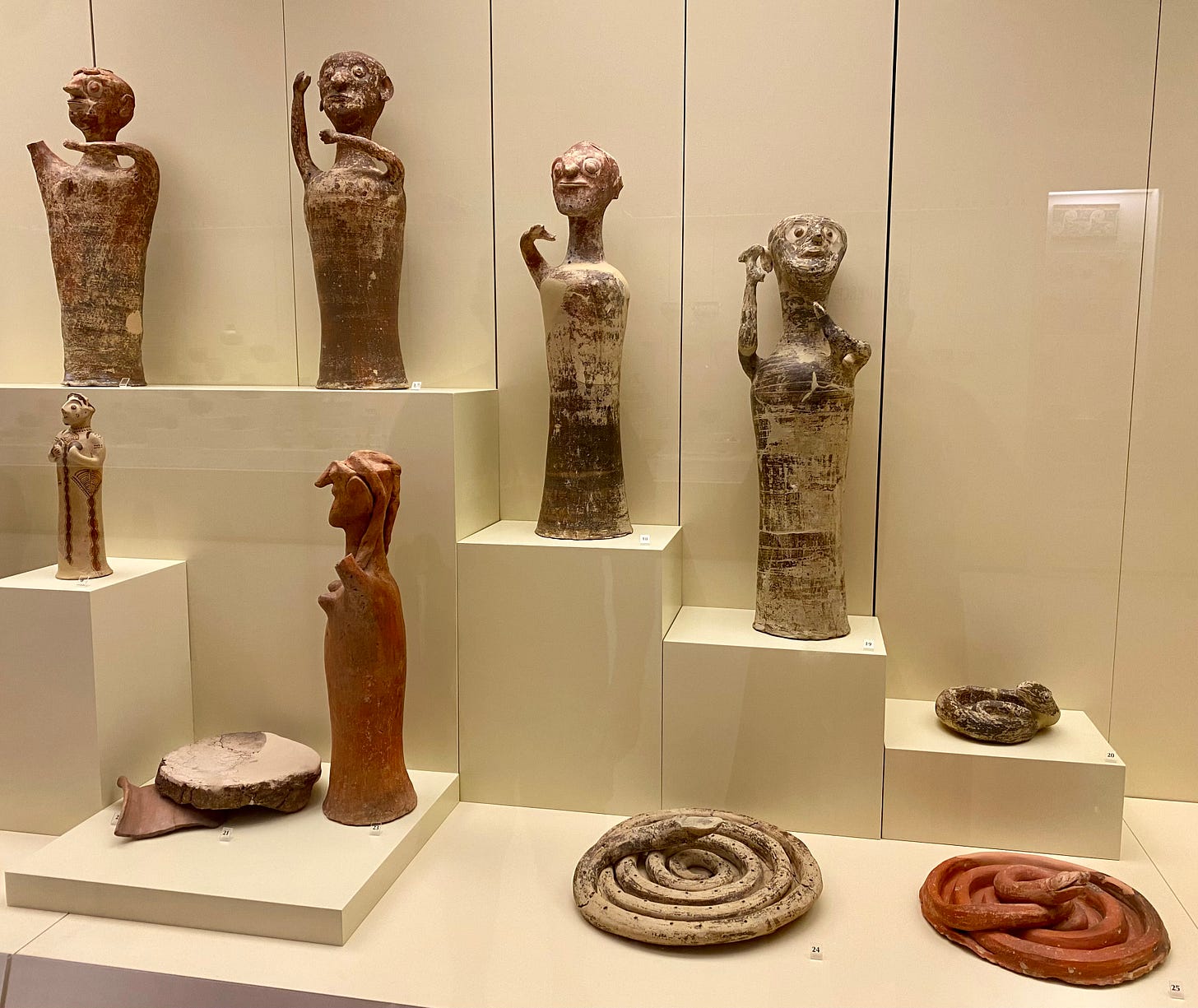

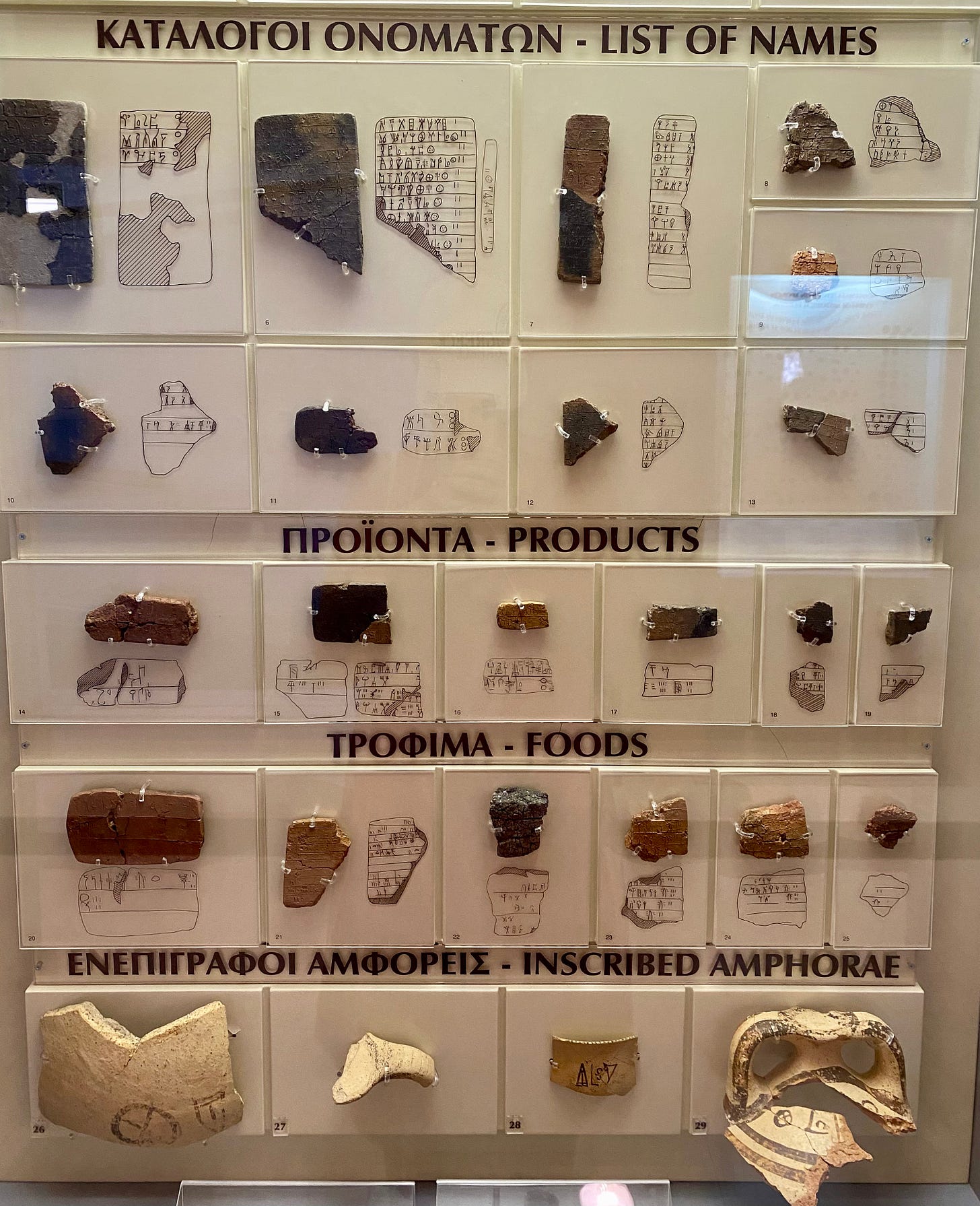
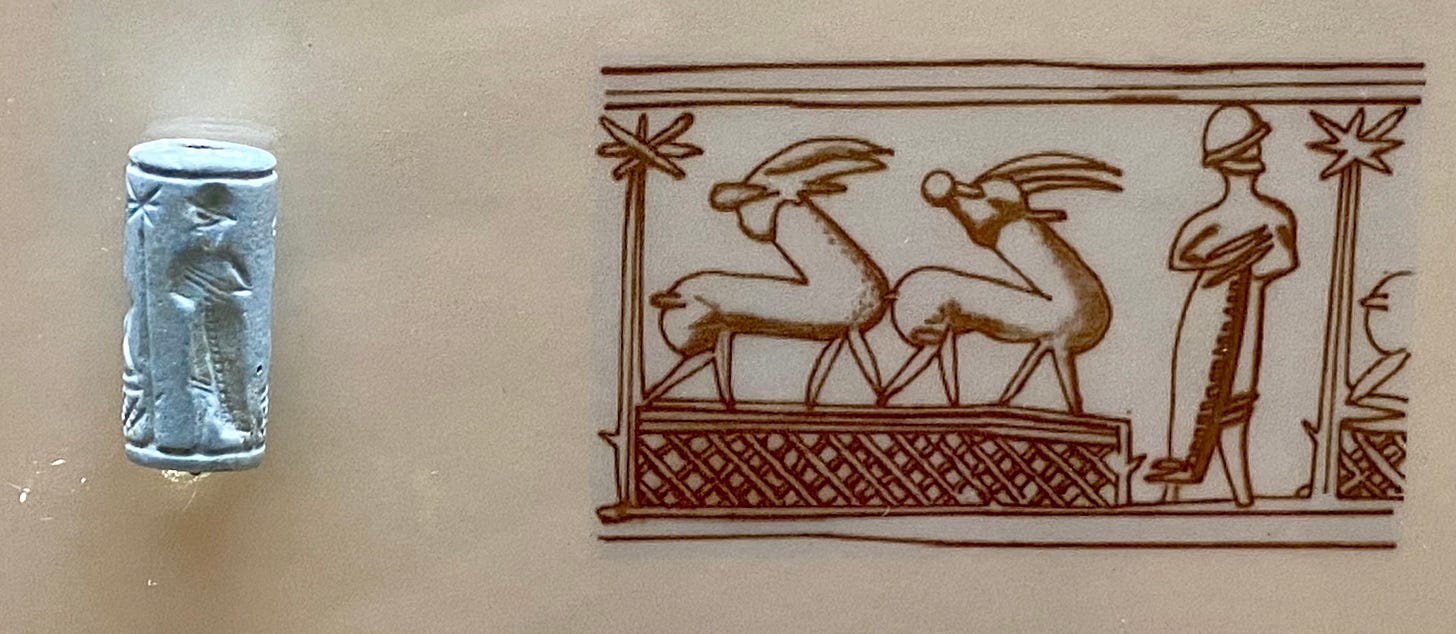
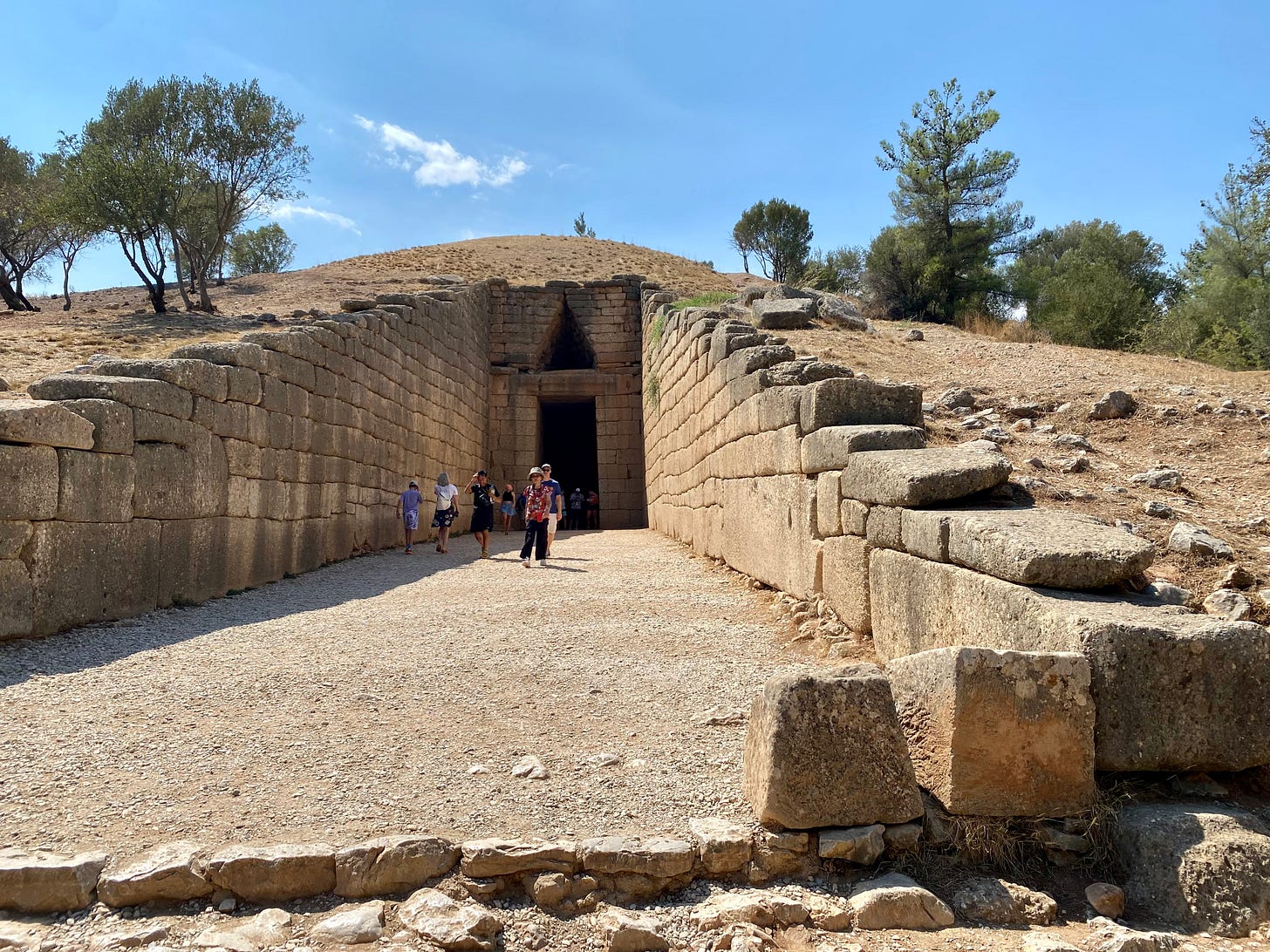
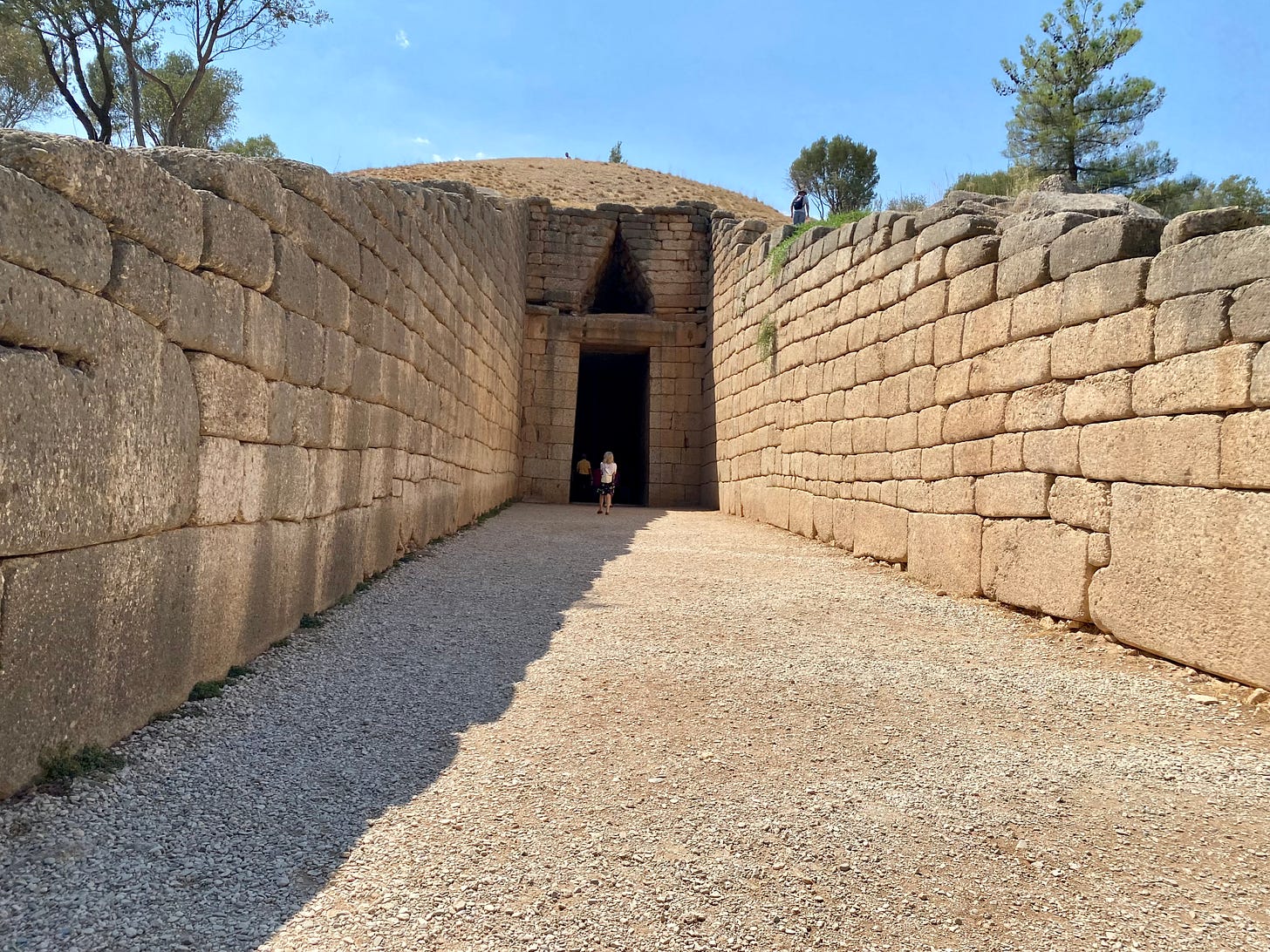
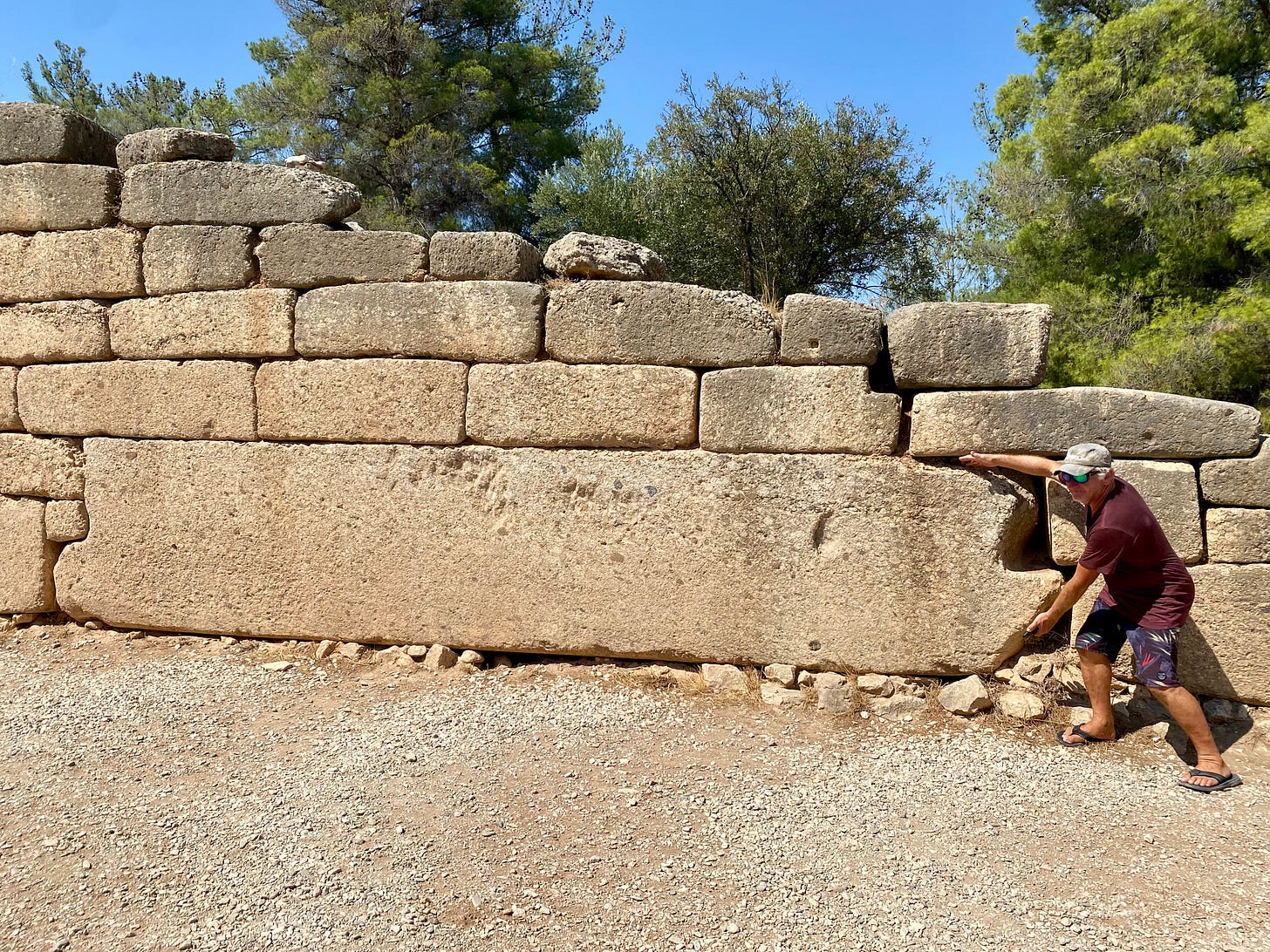

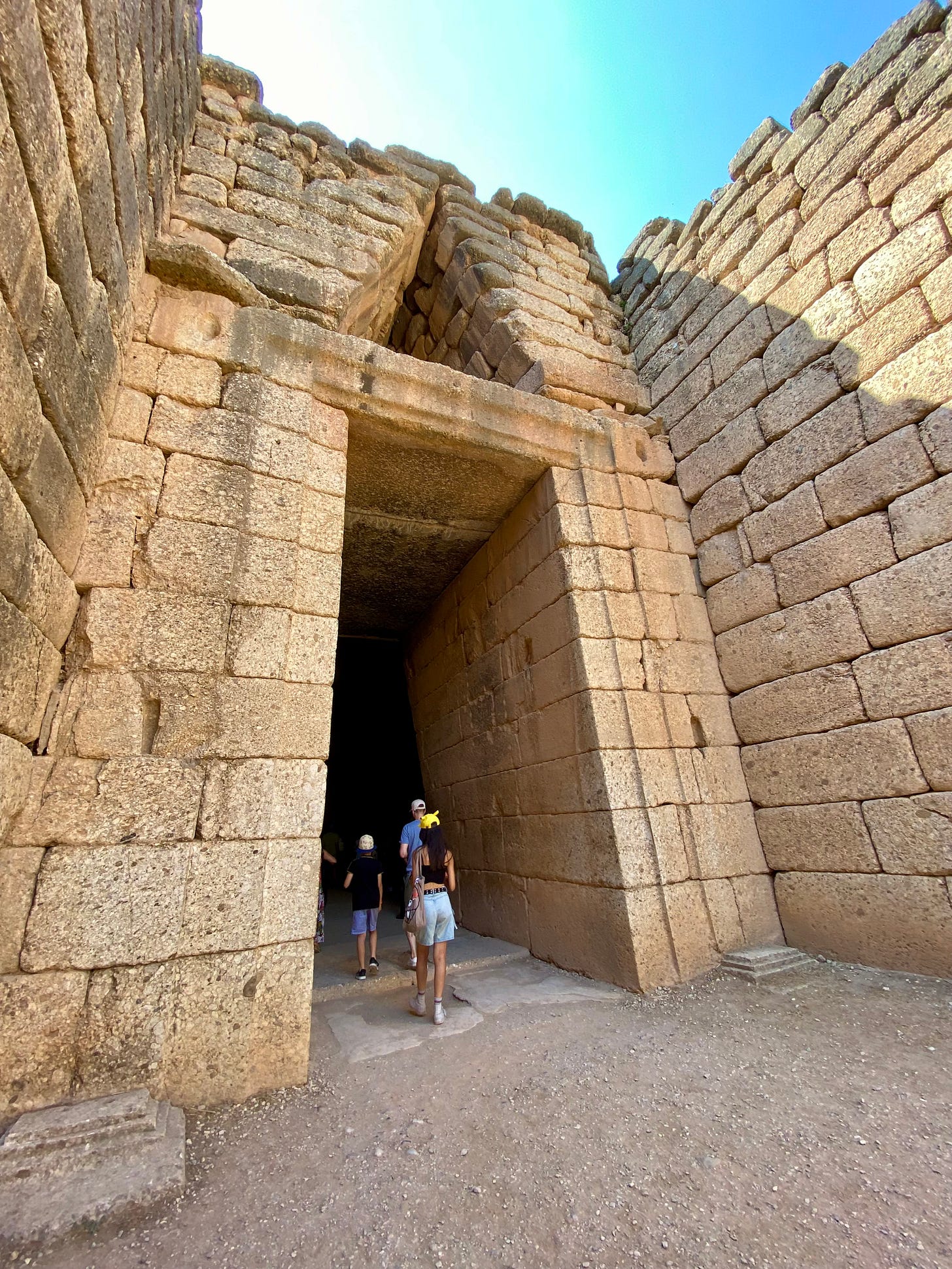
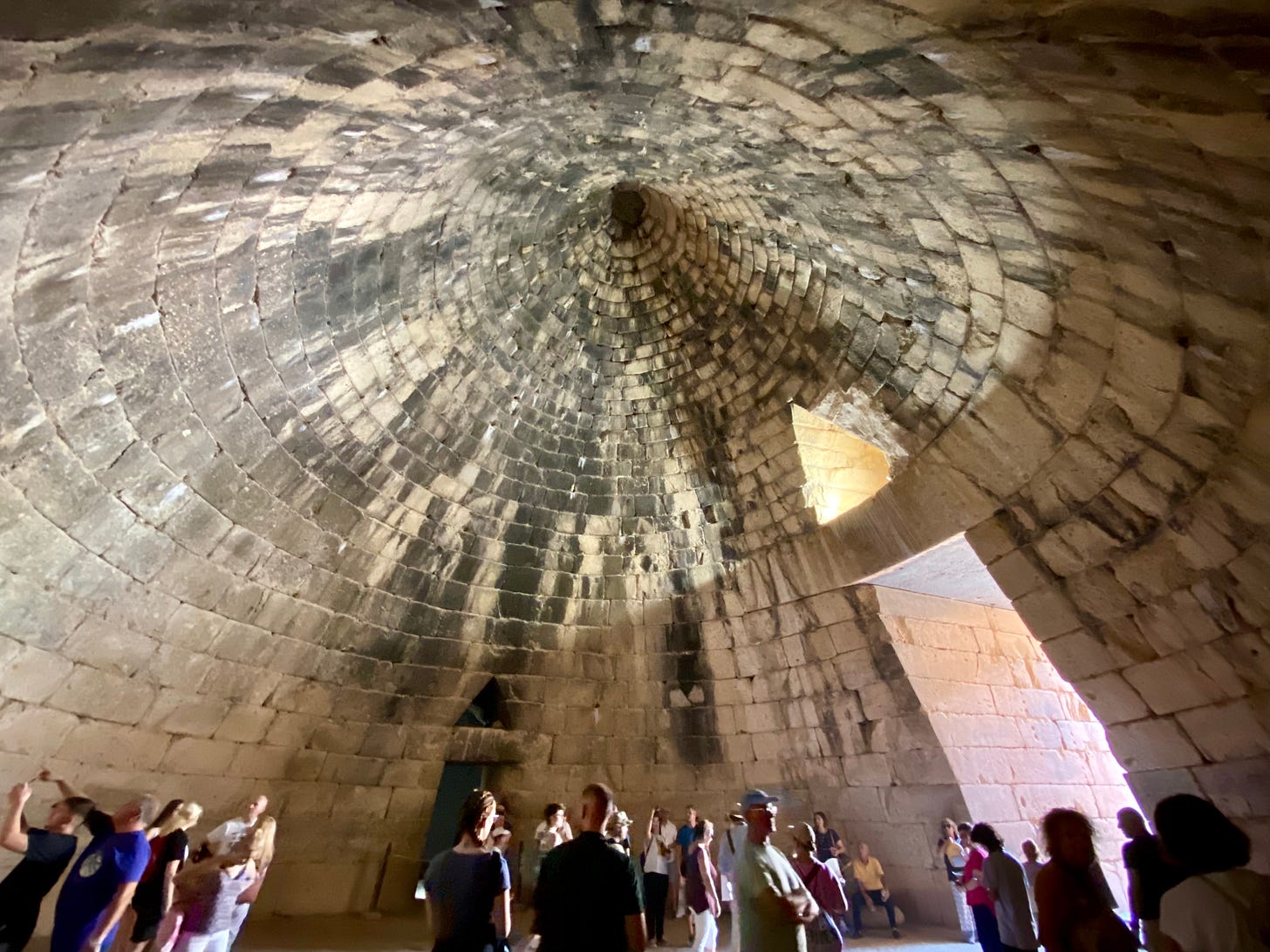
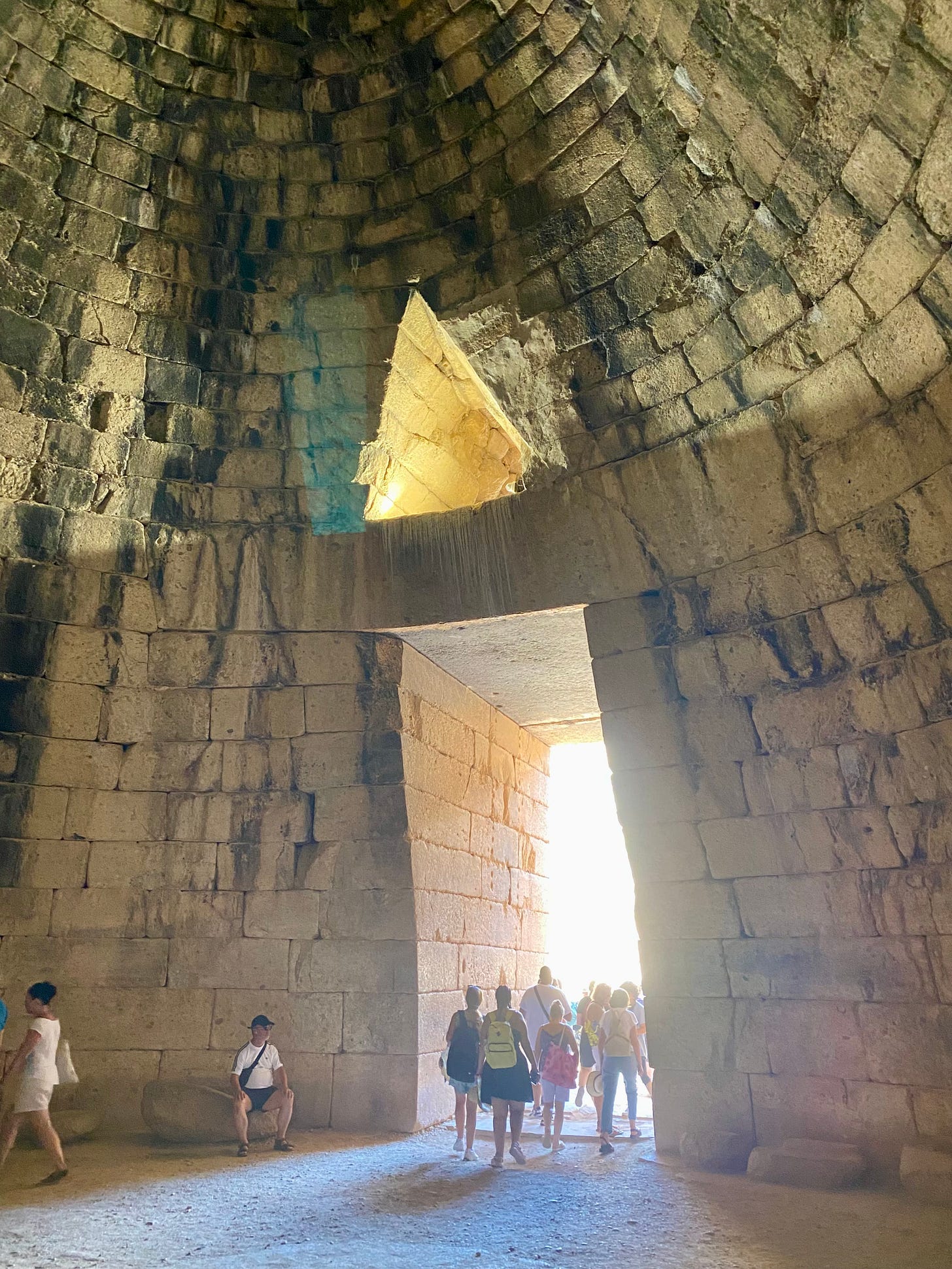
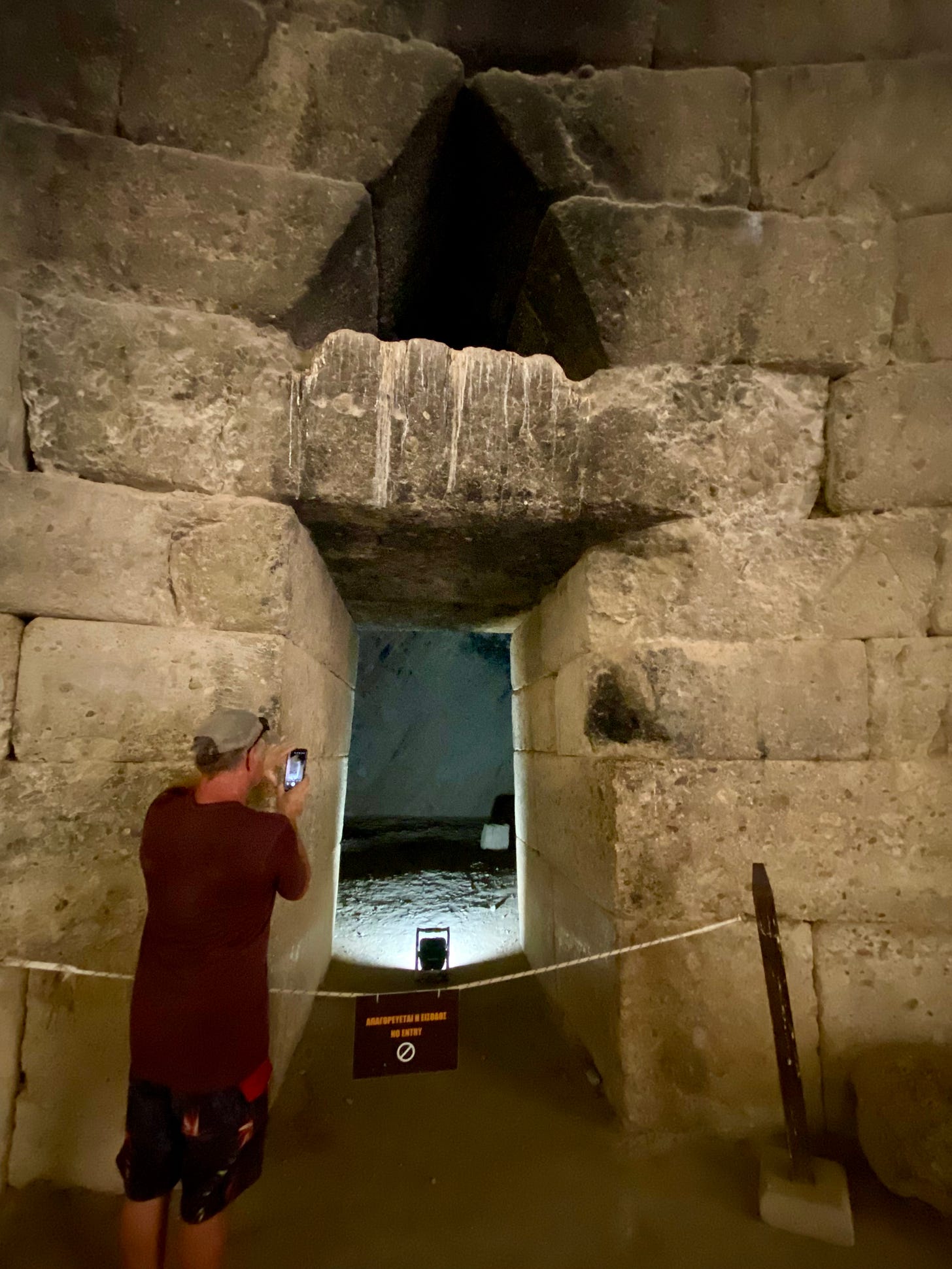
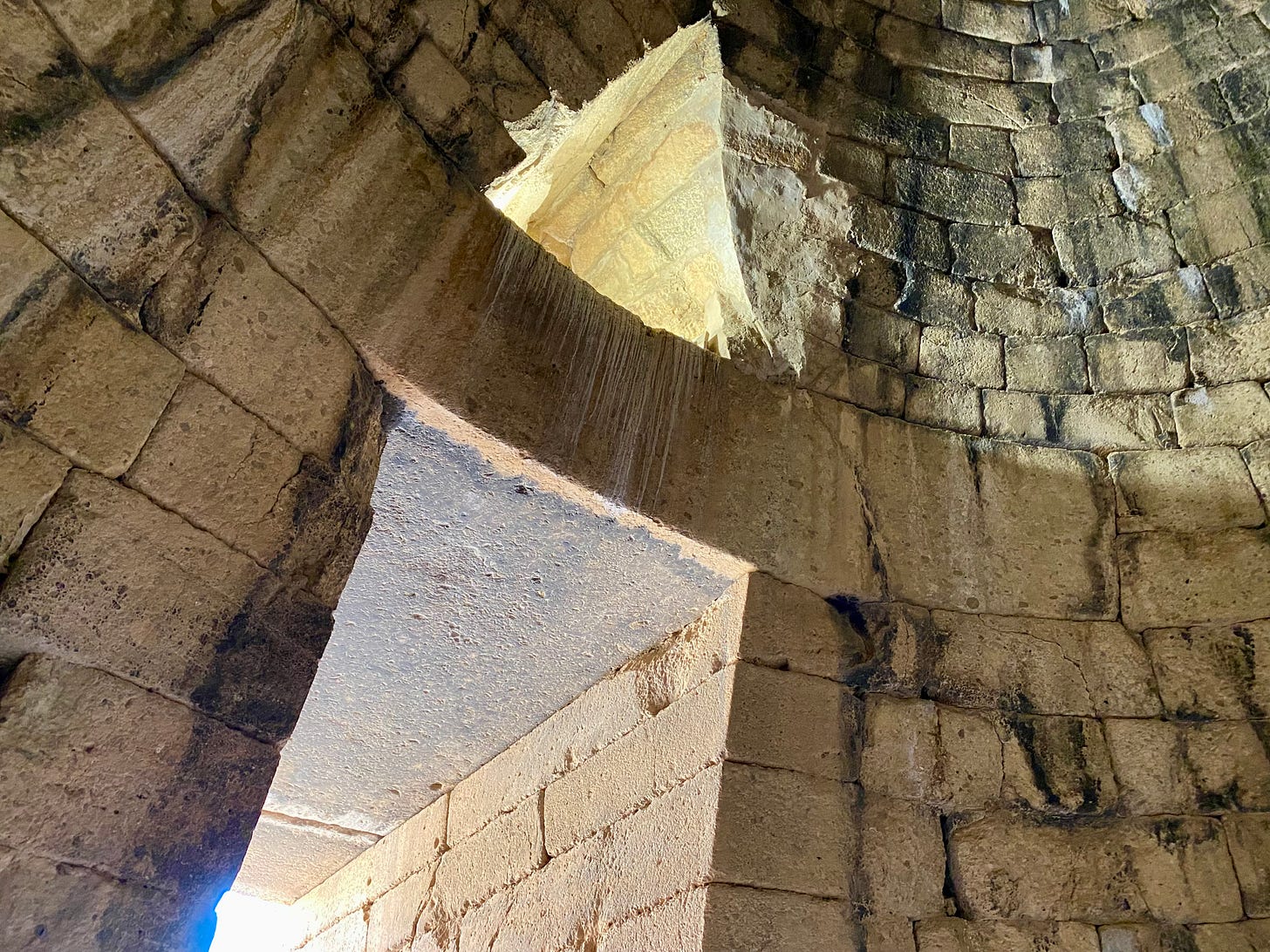
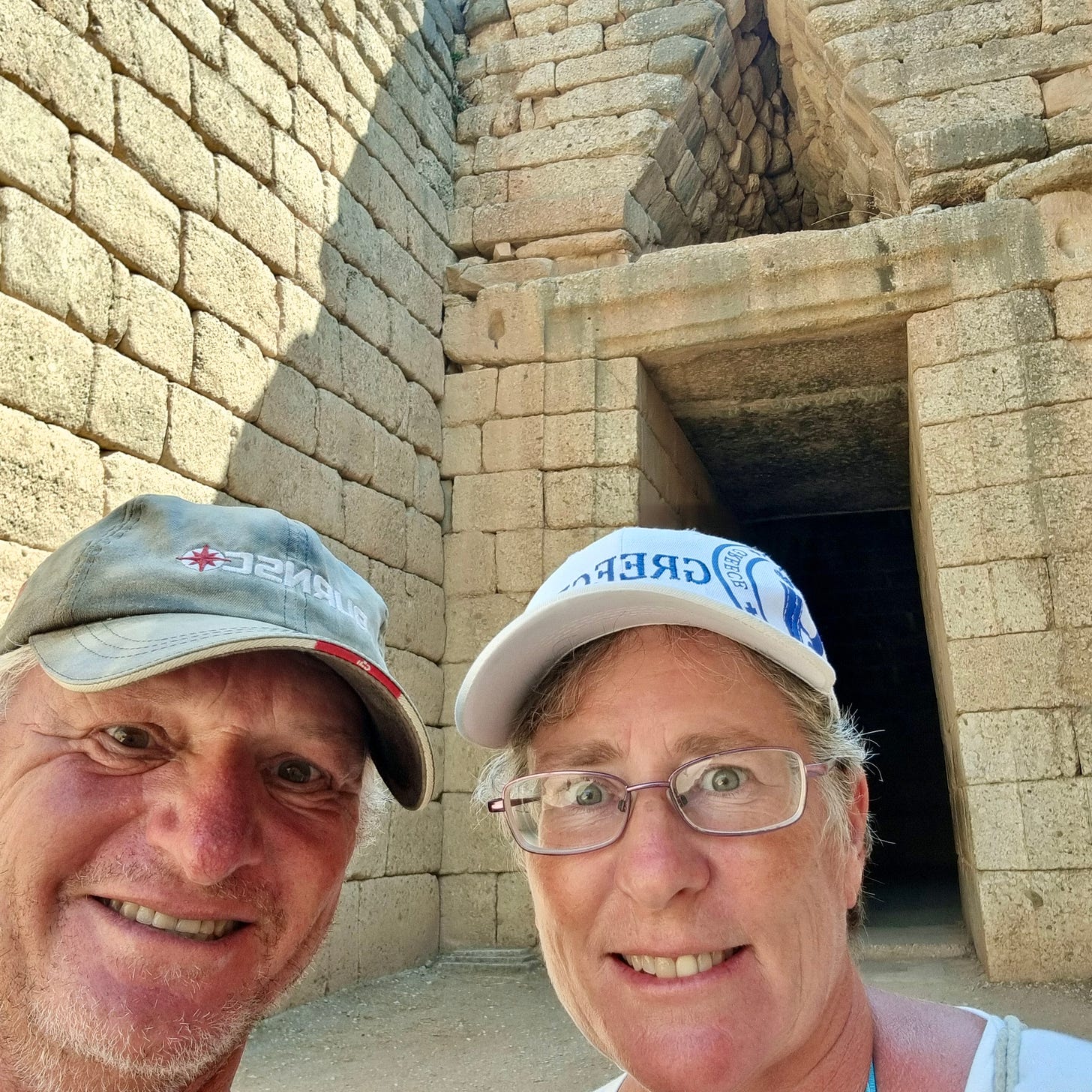

Share this post